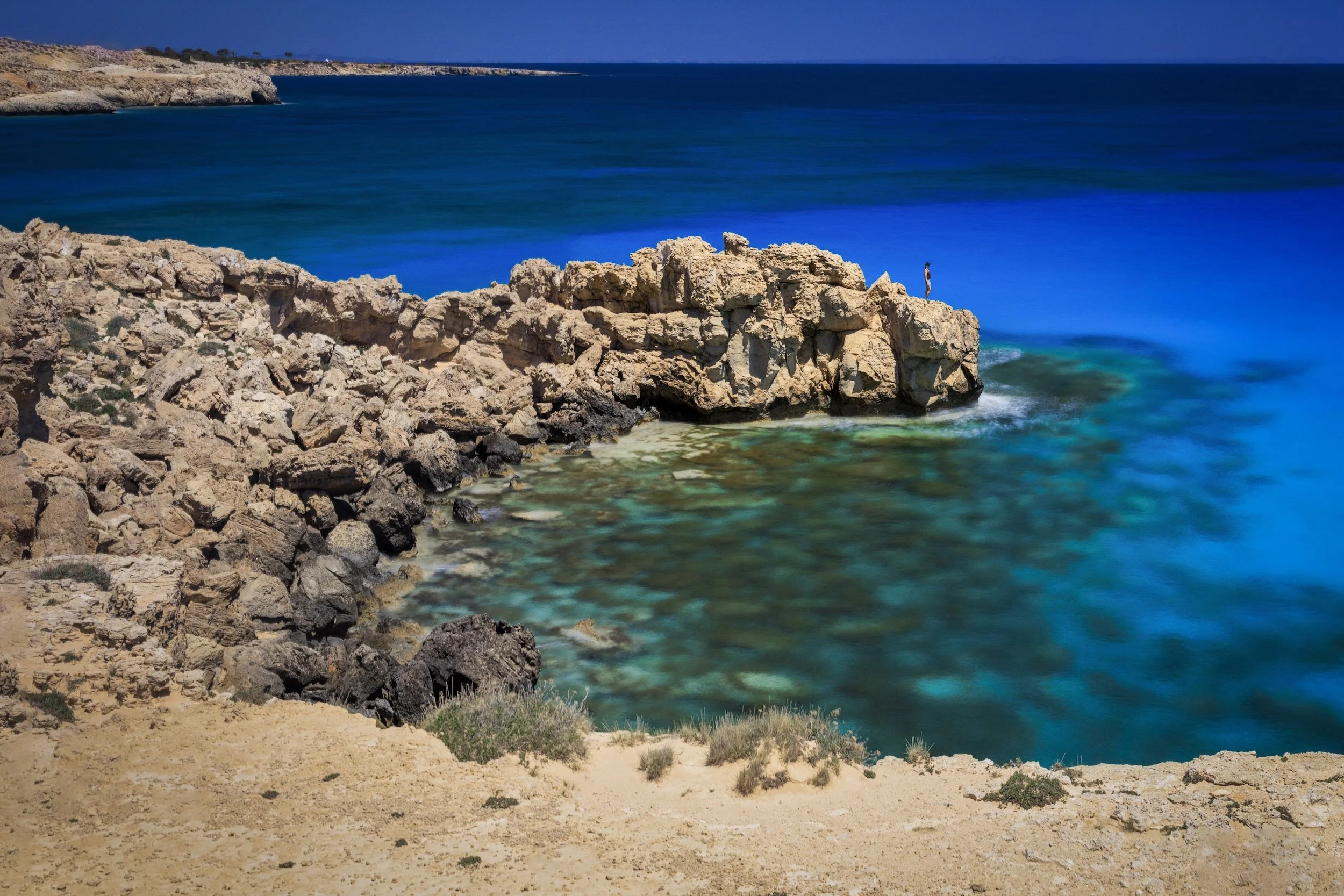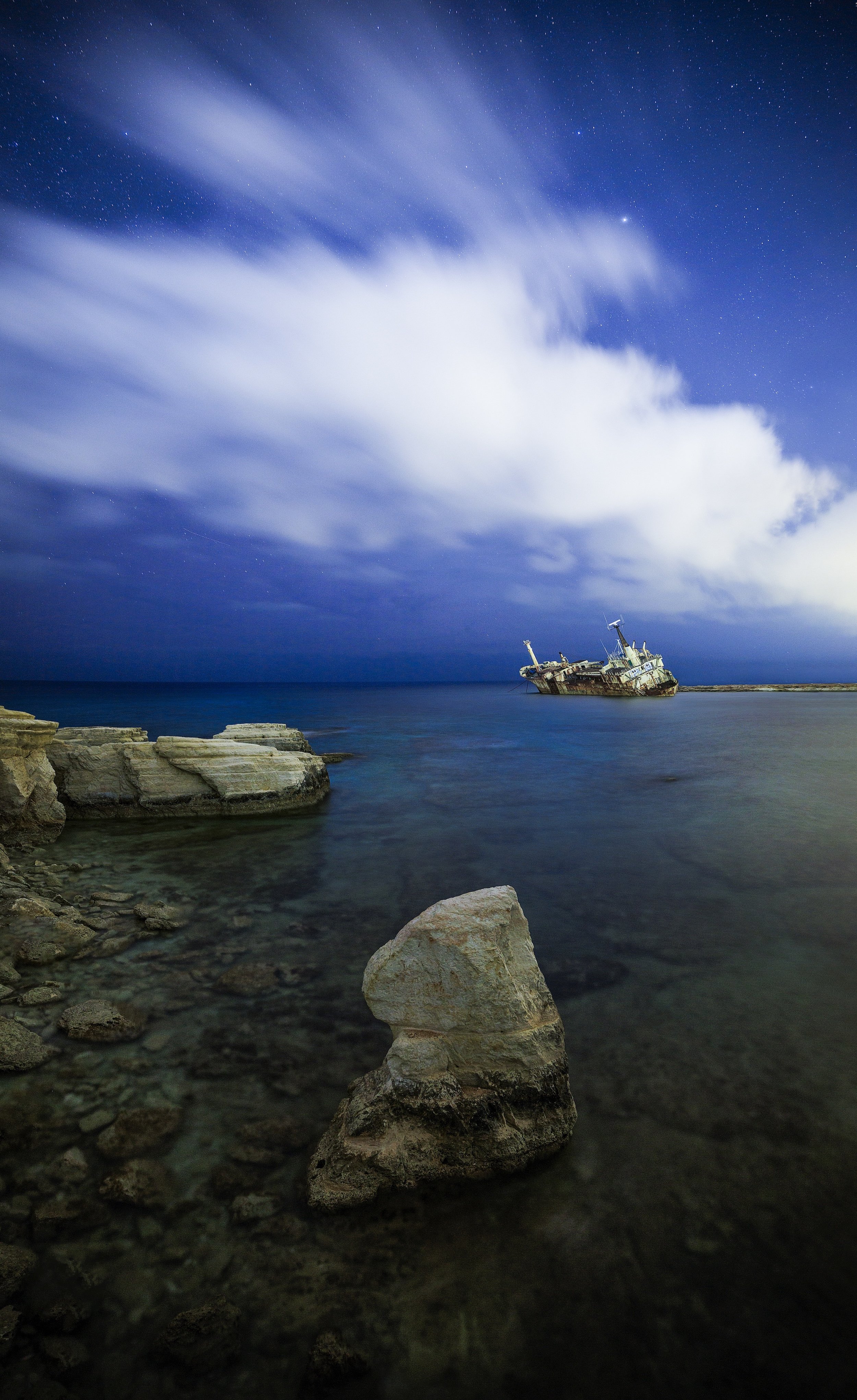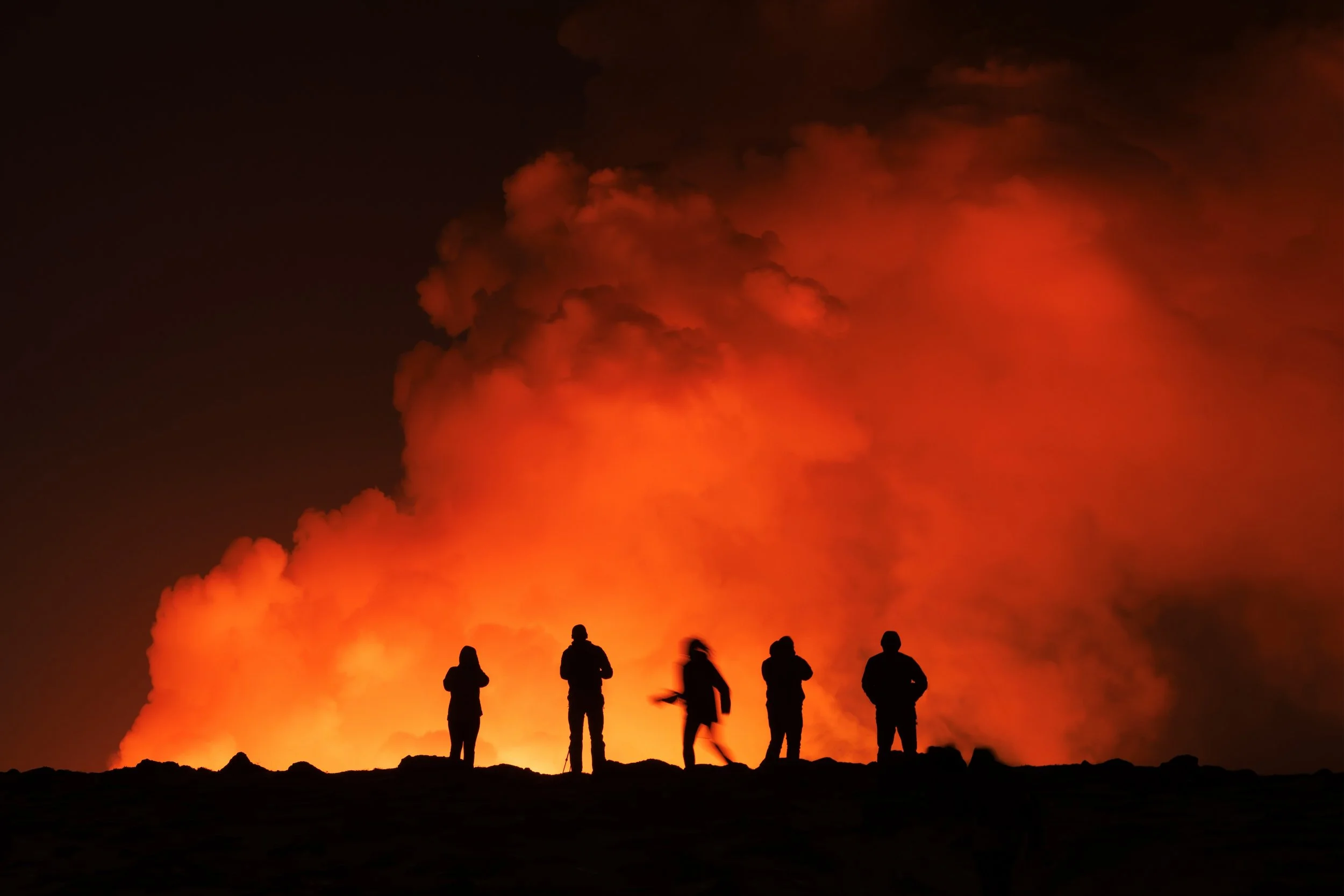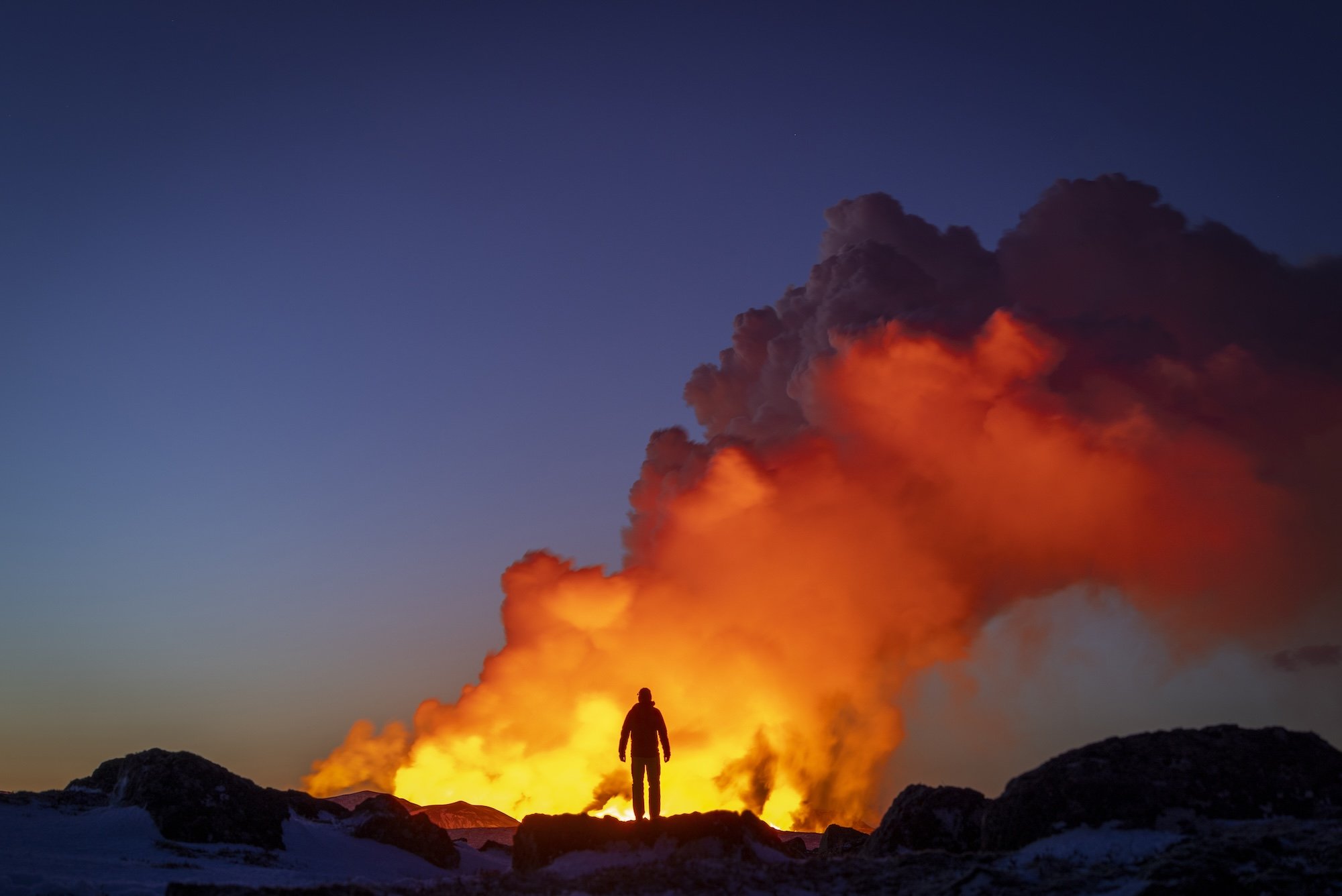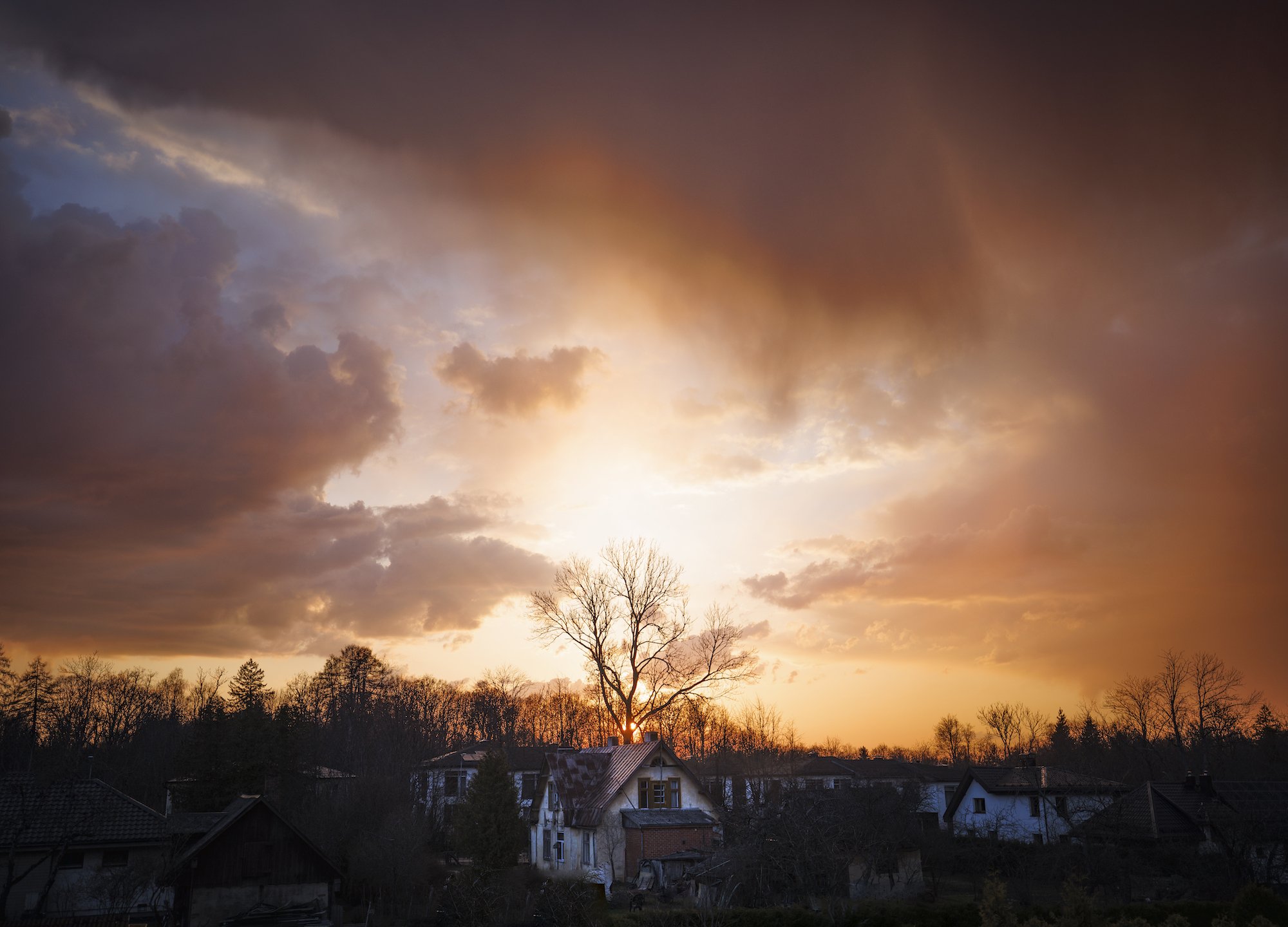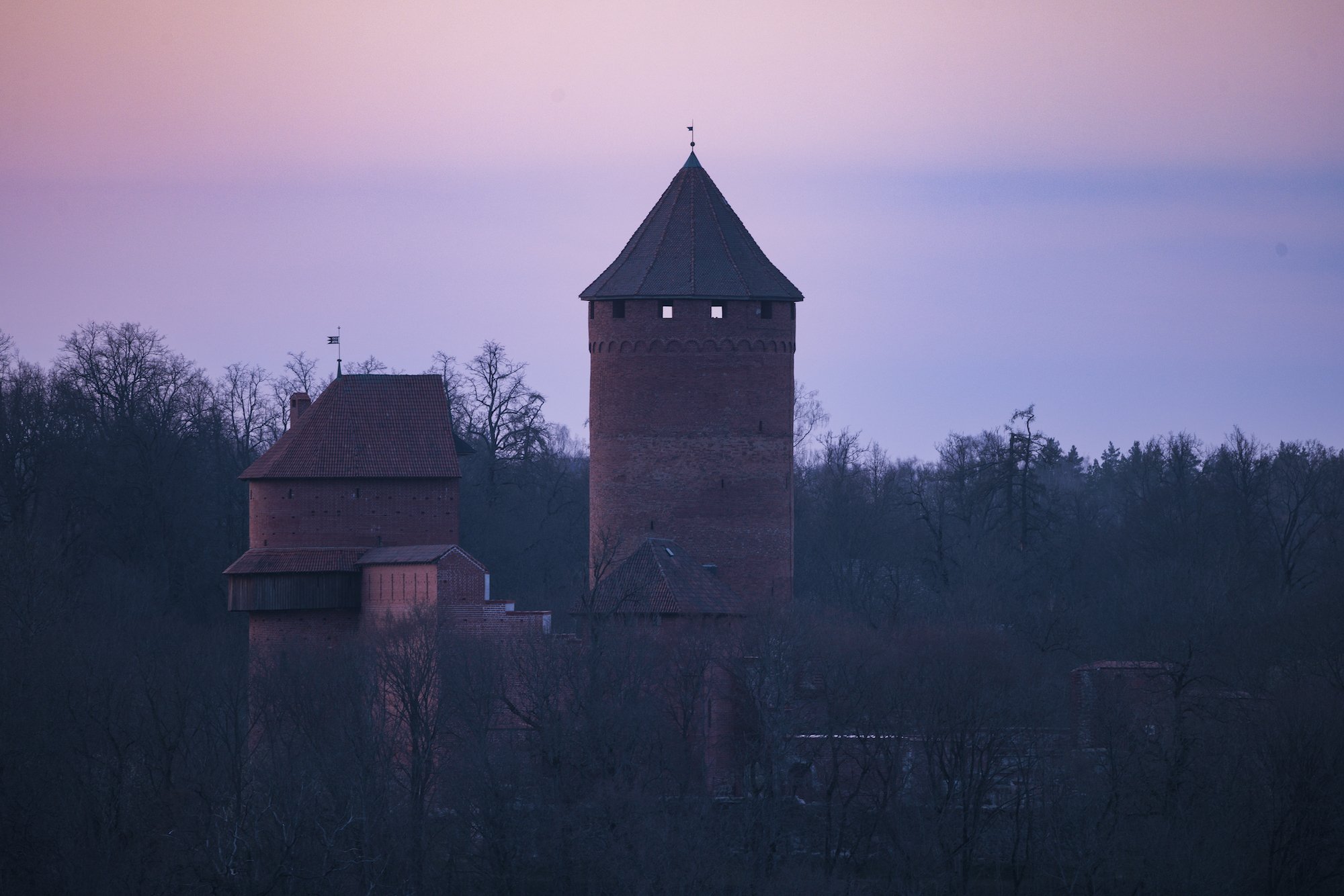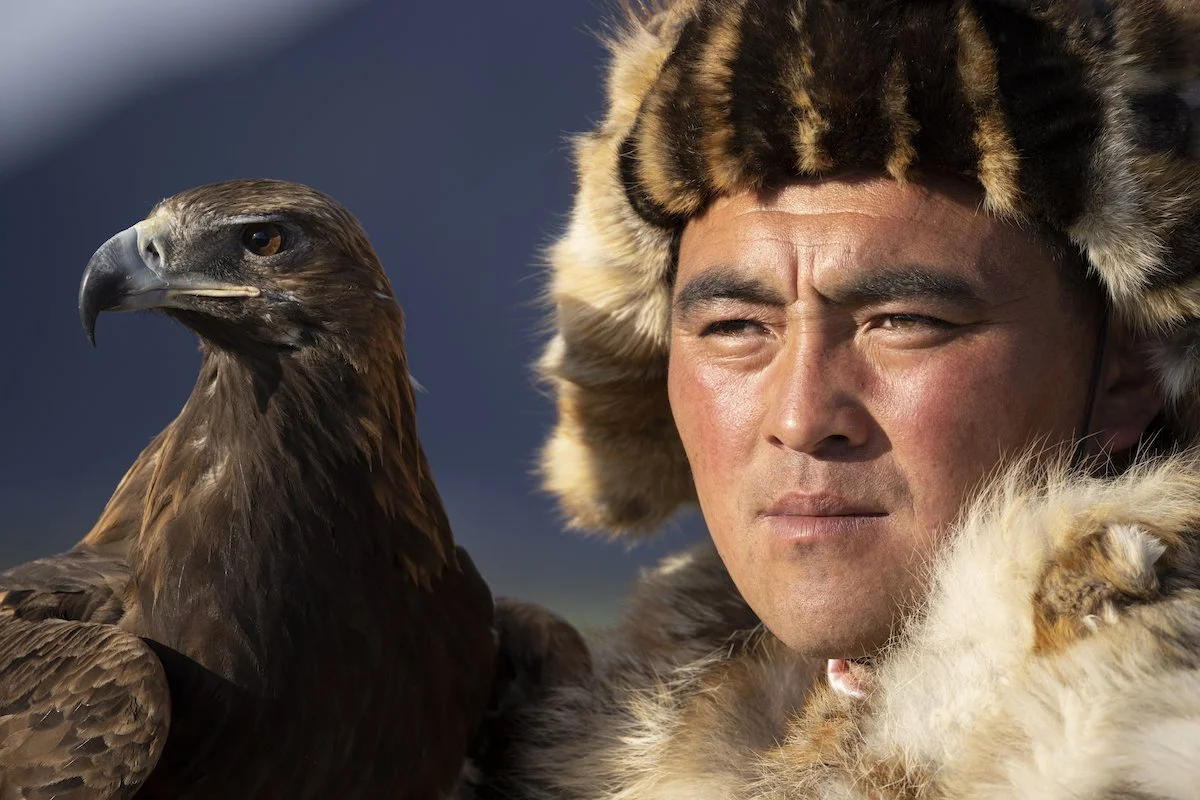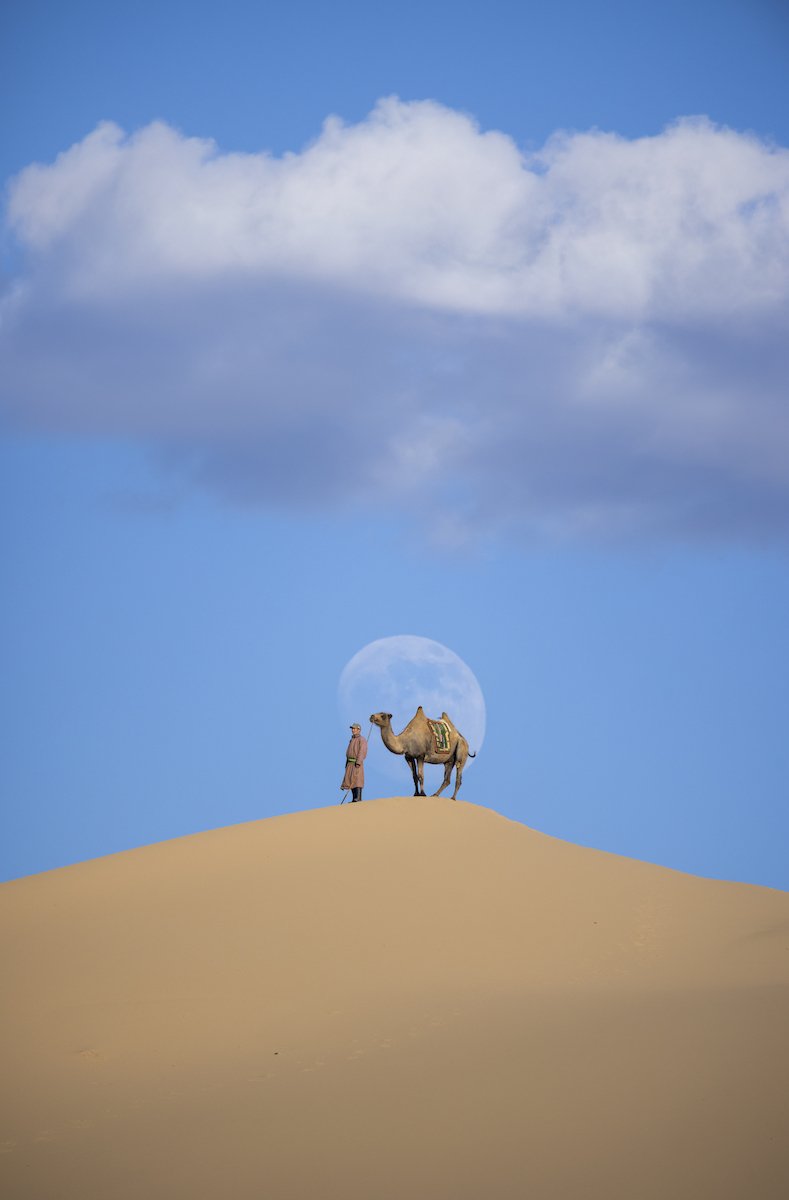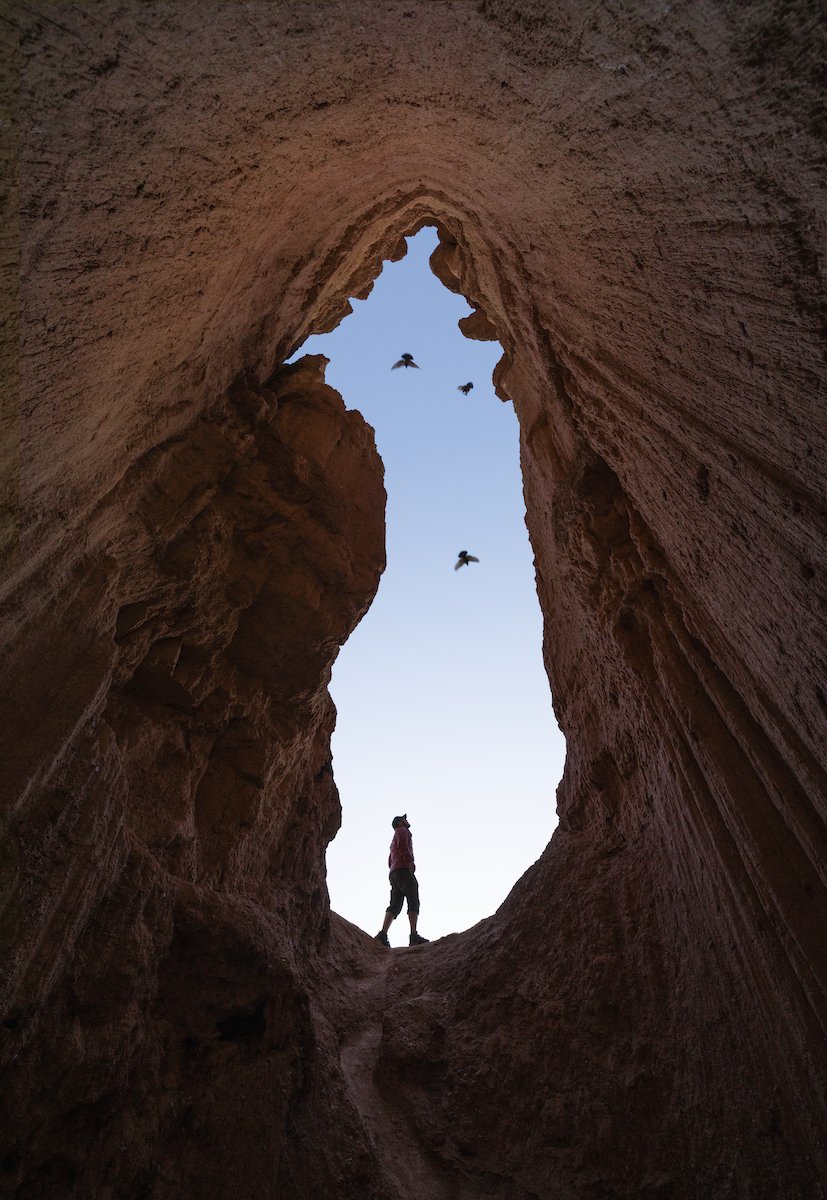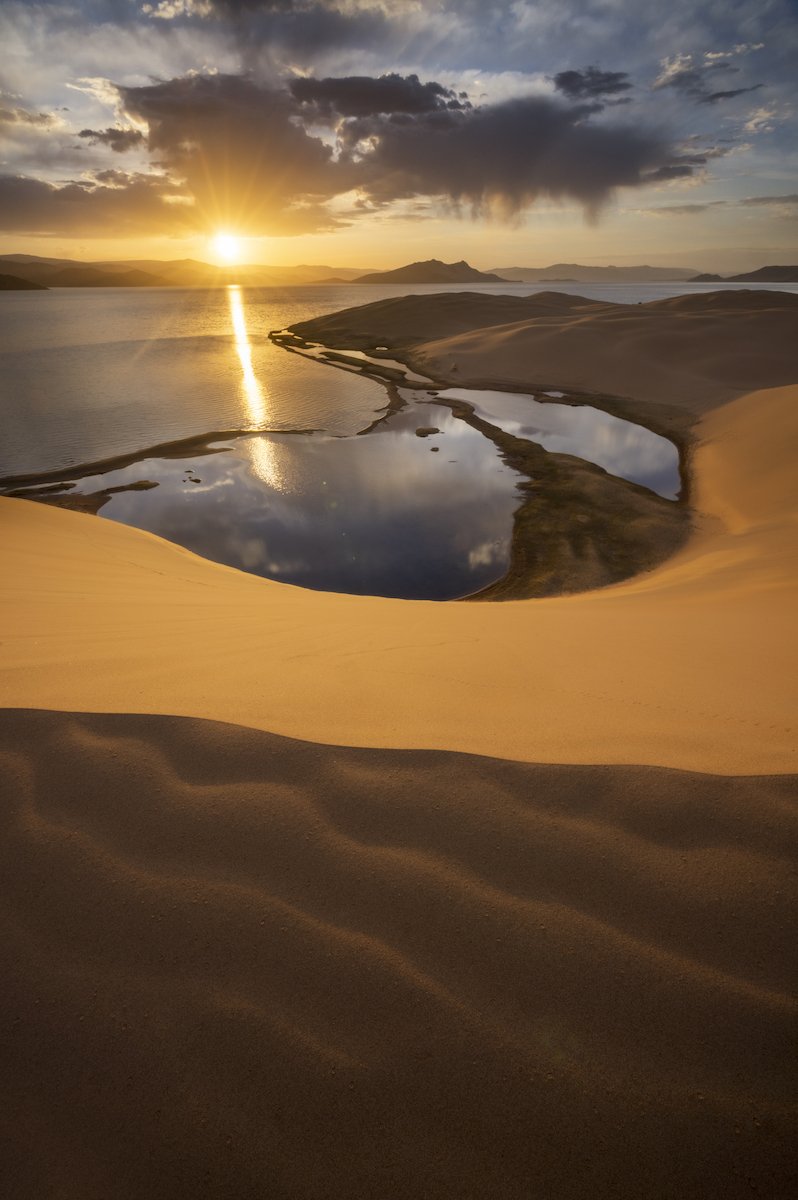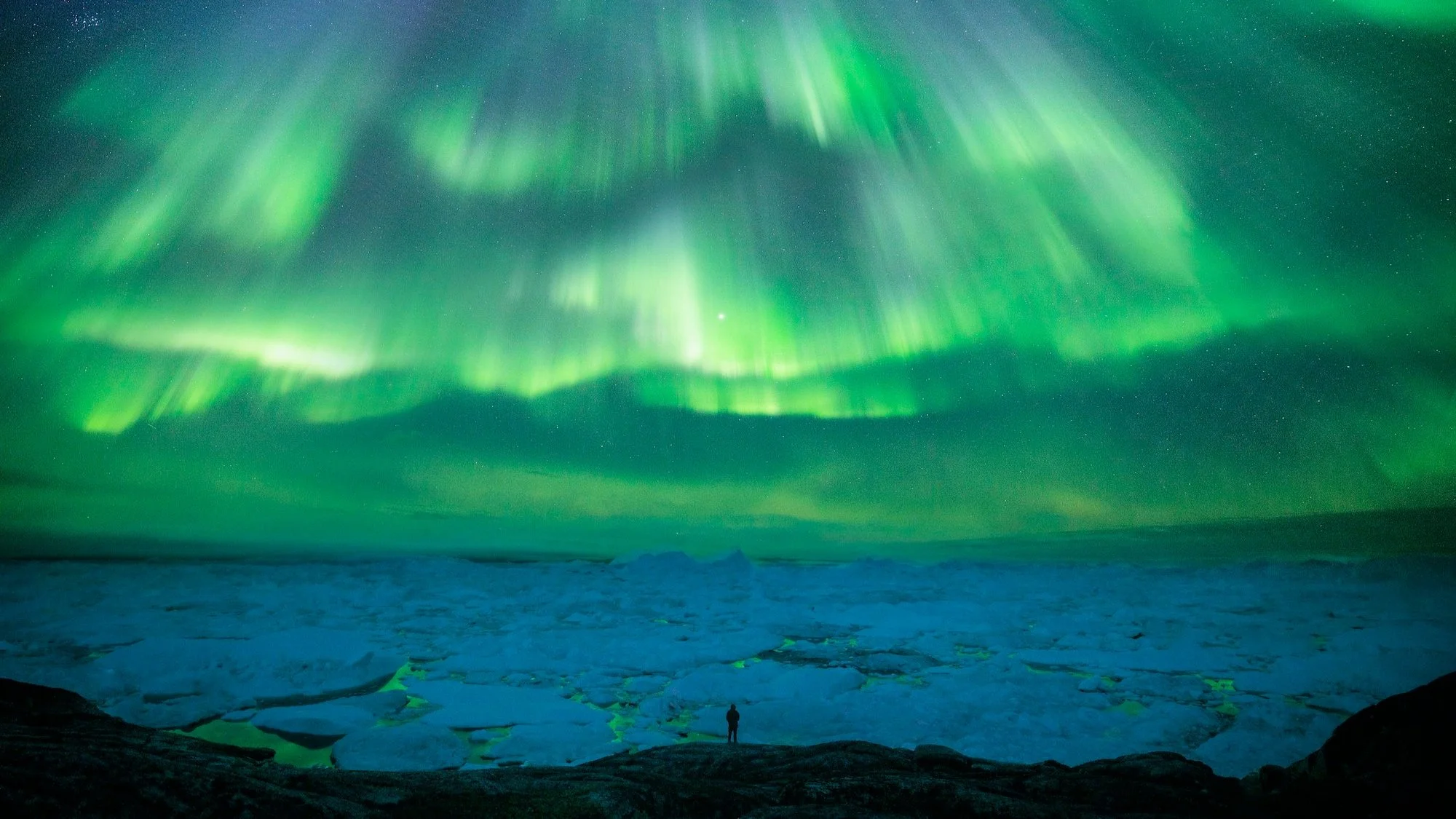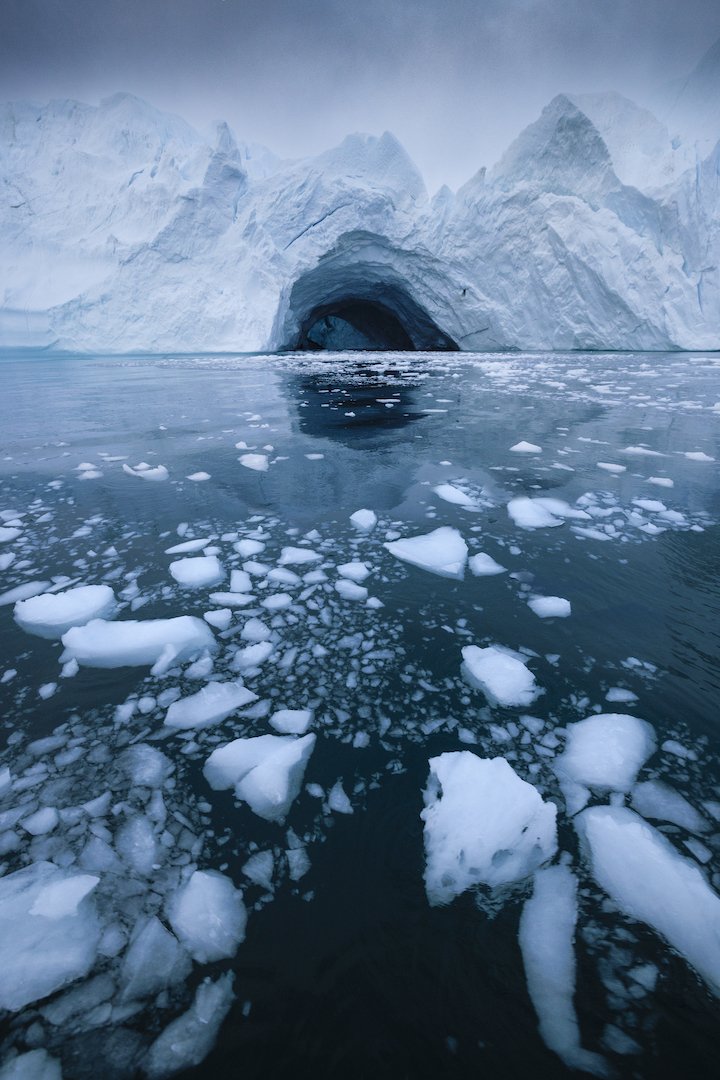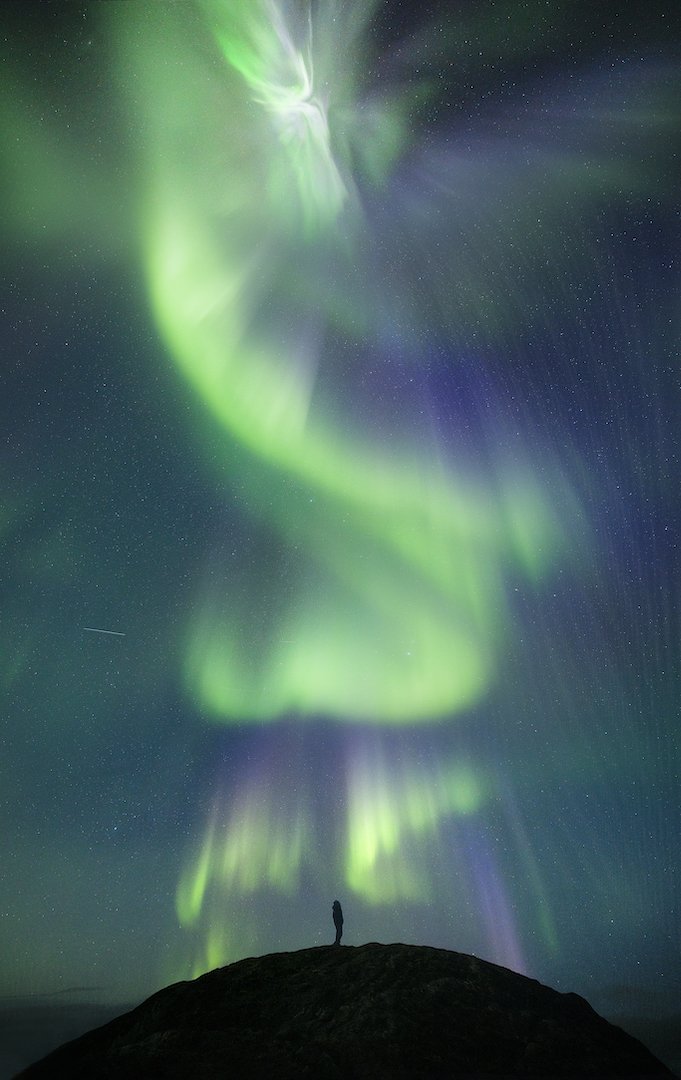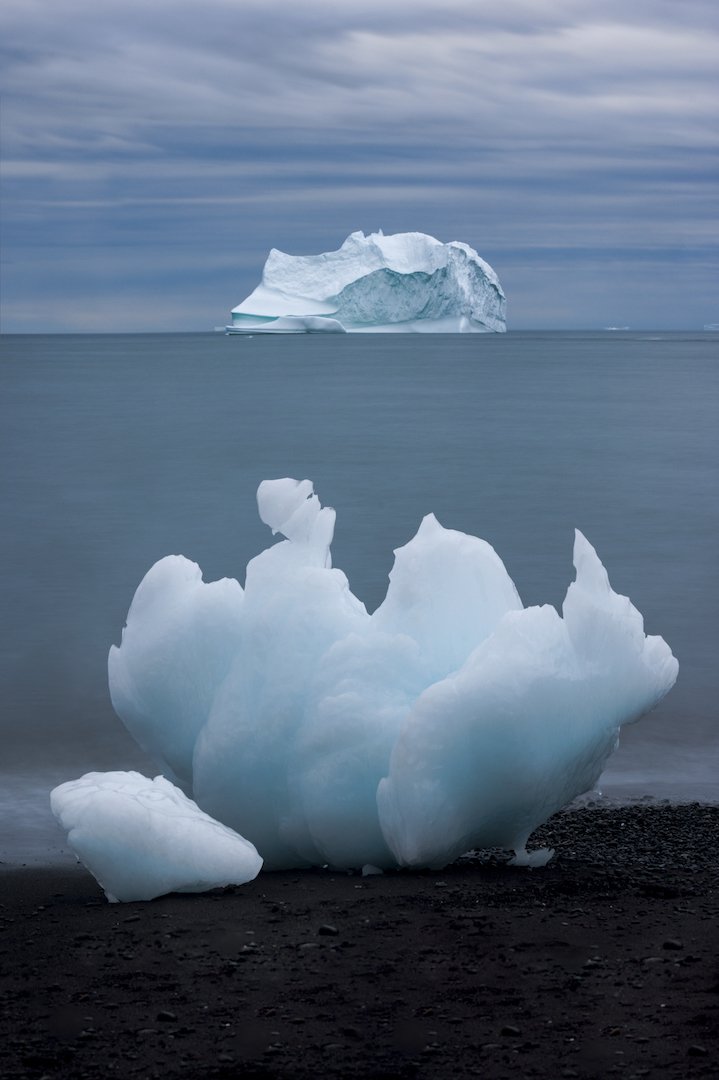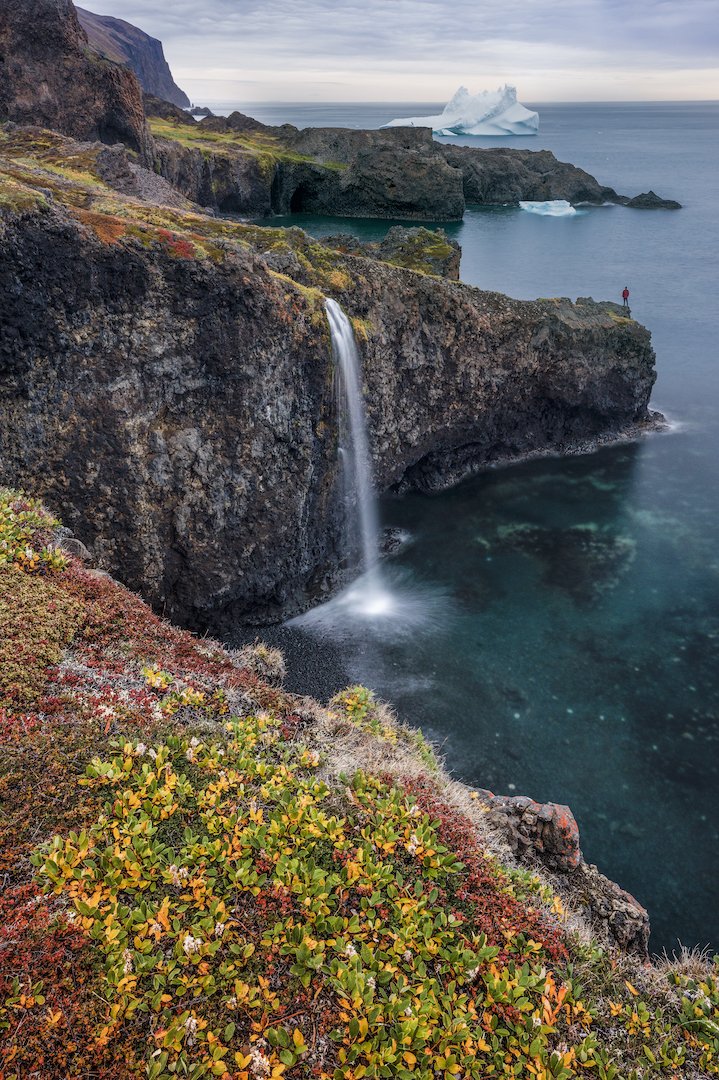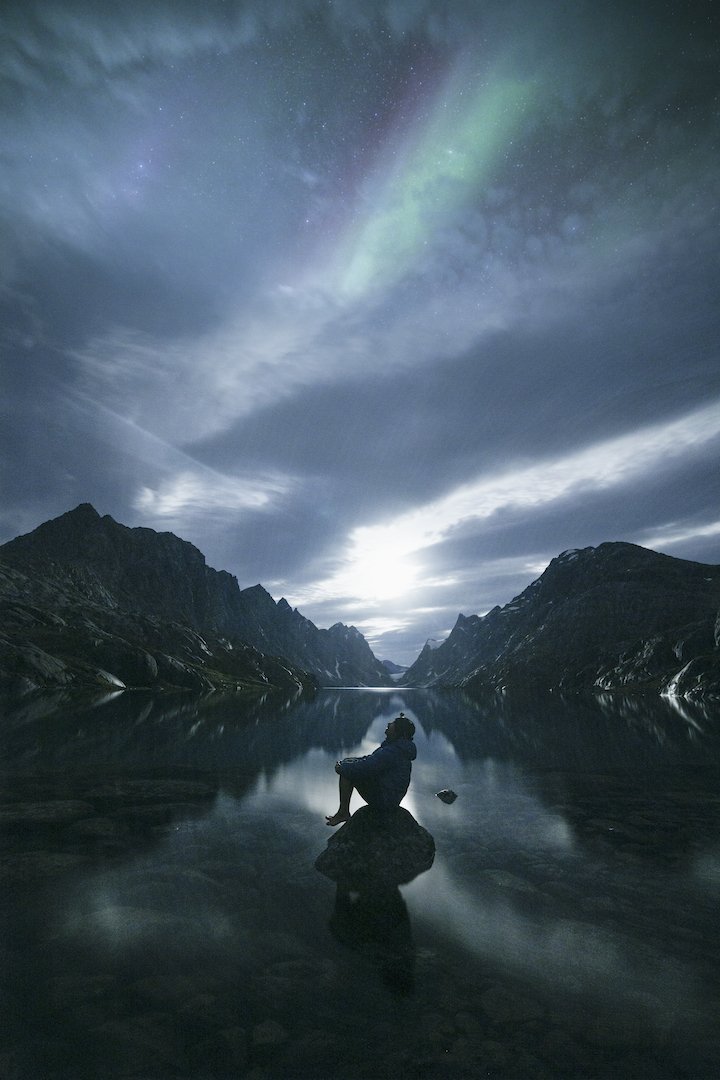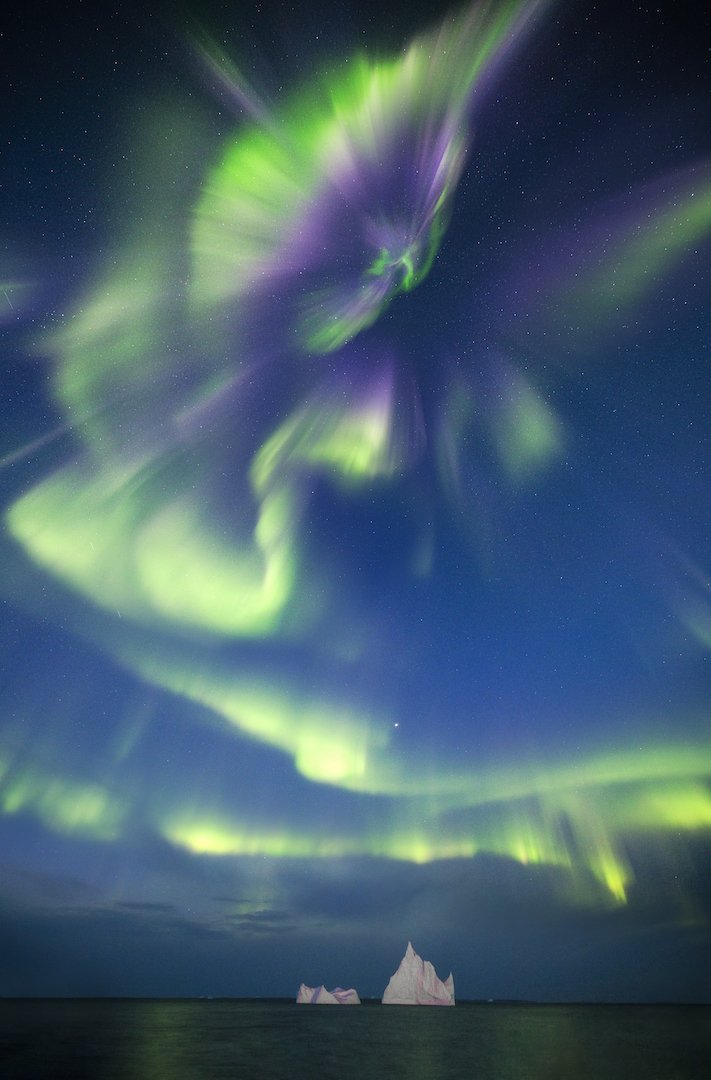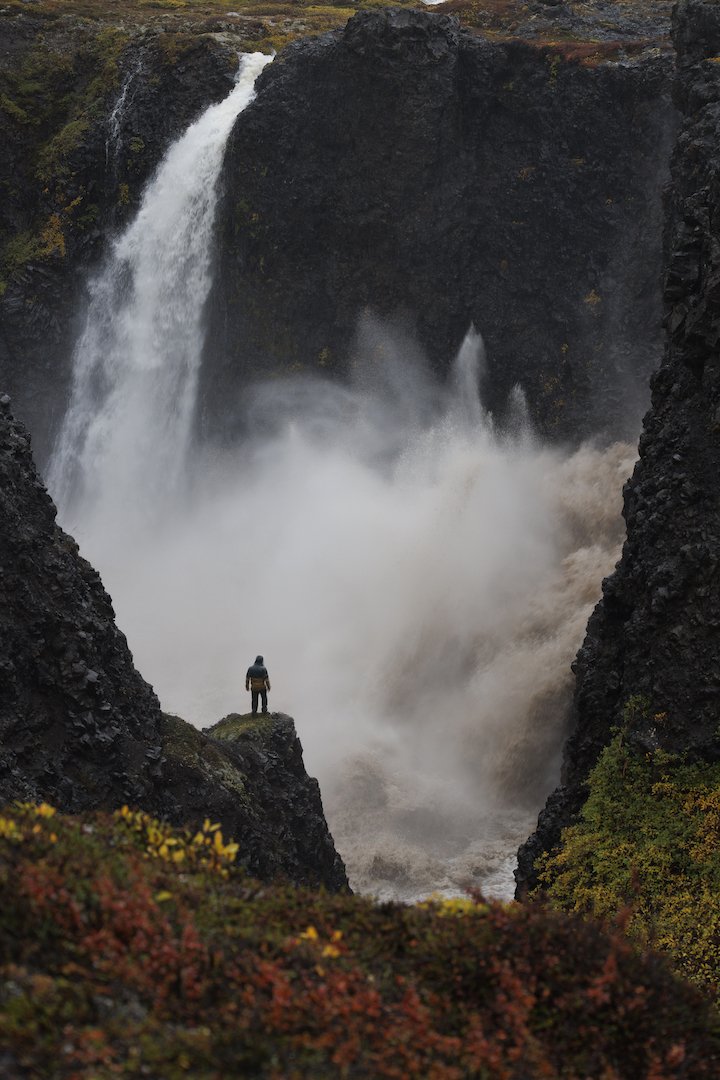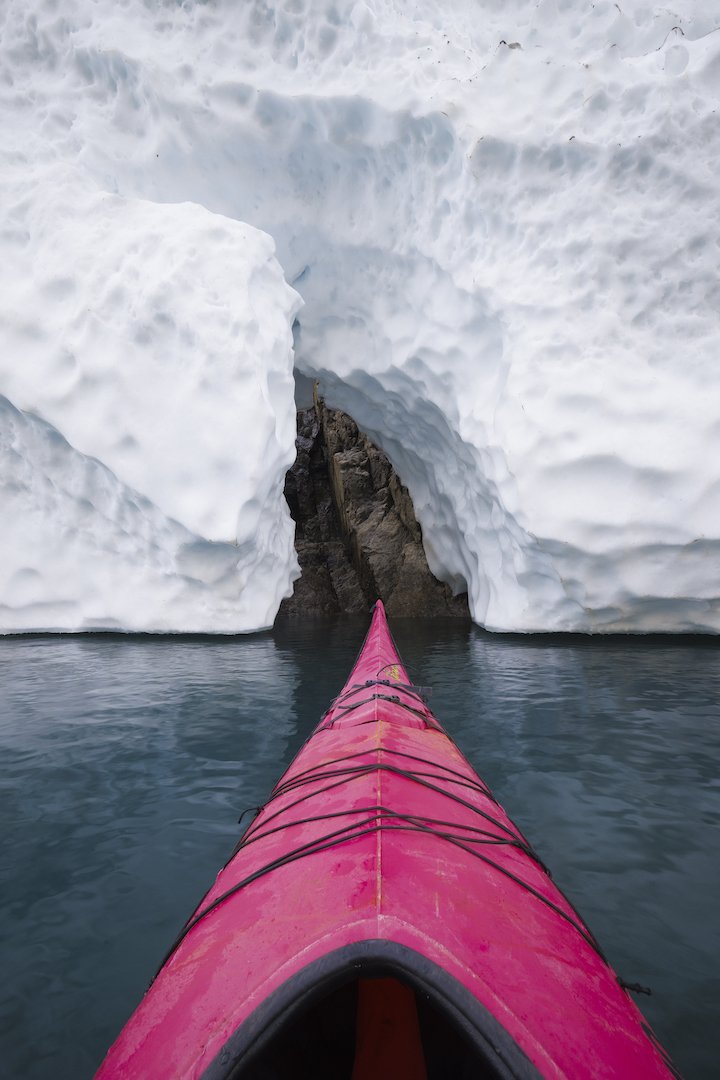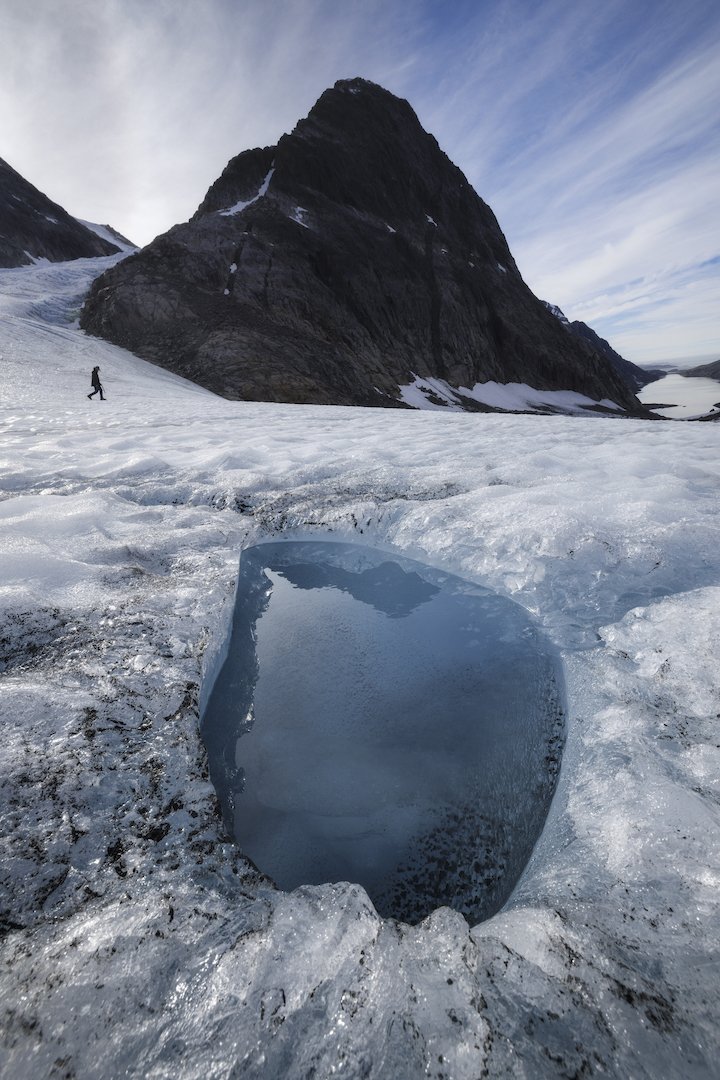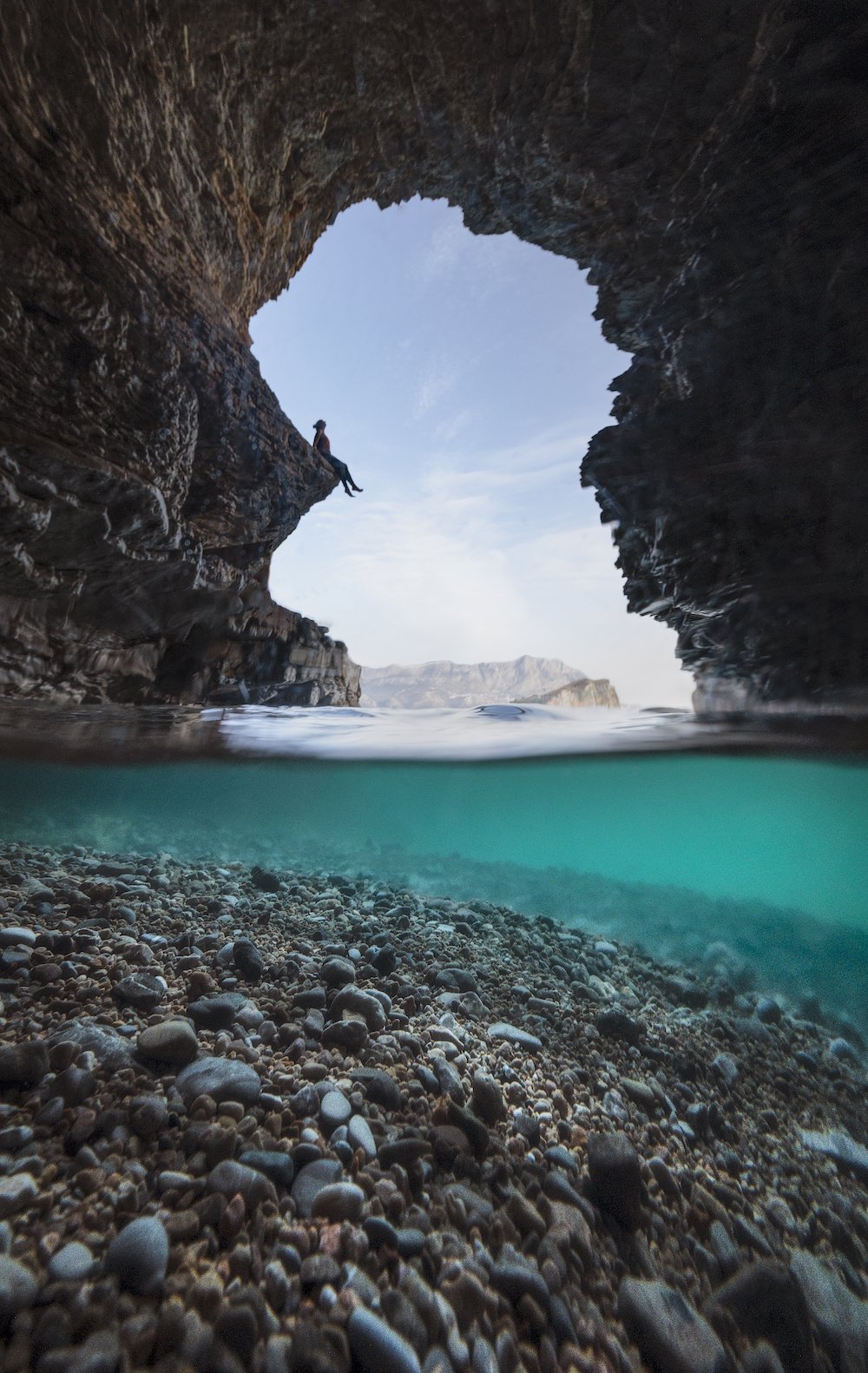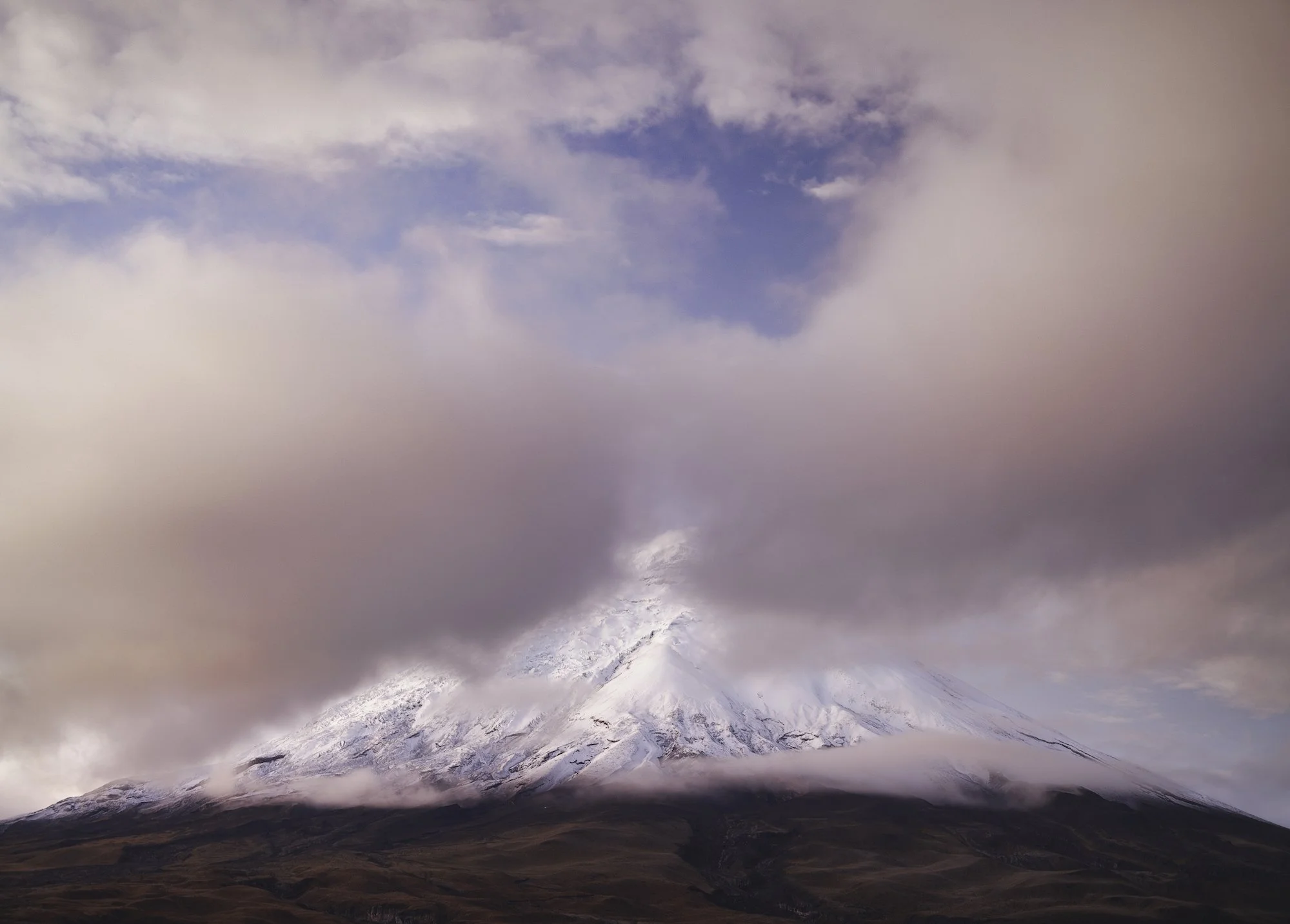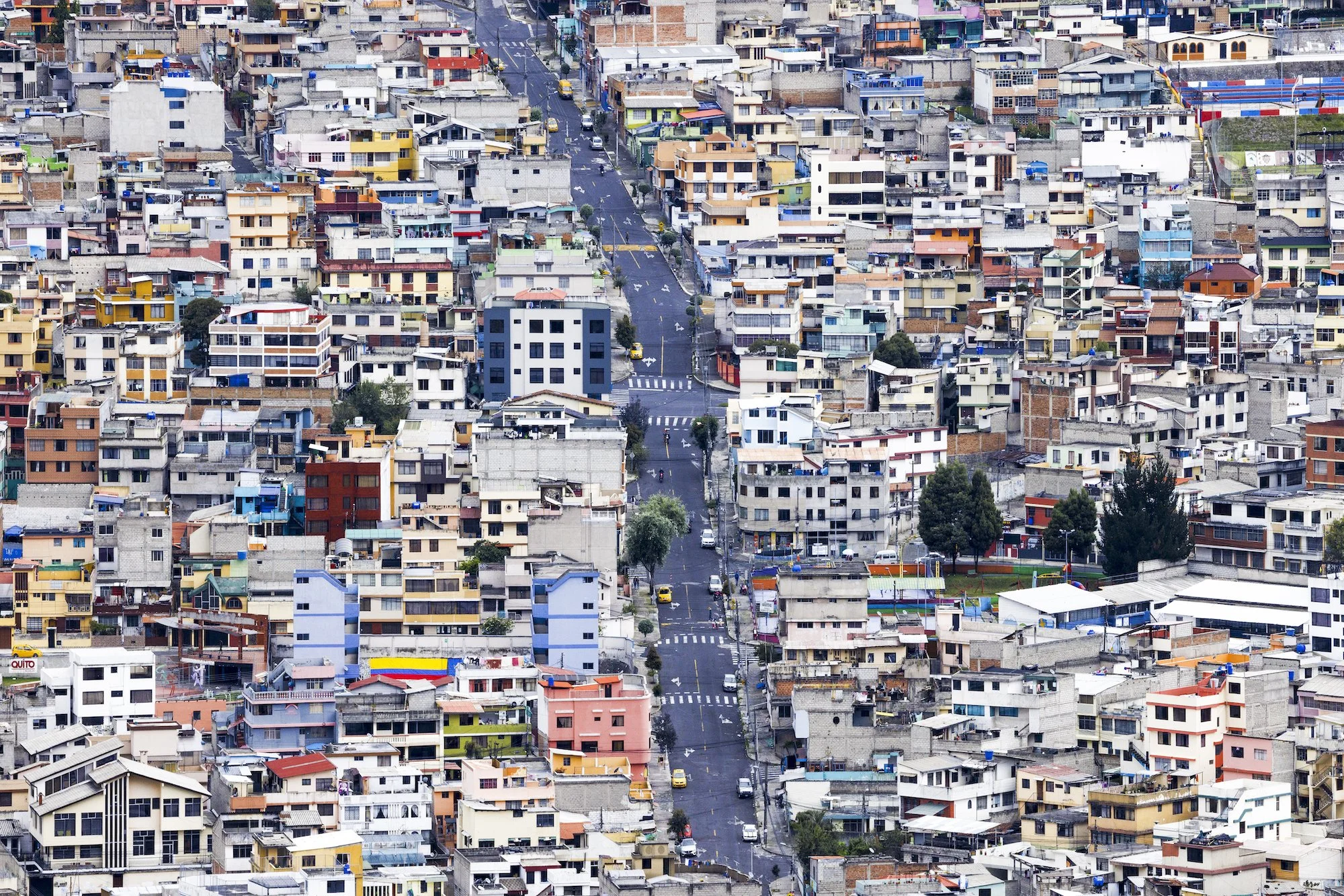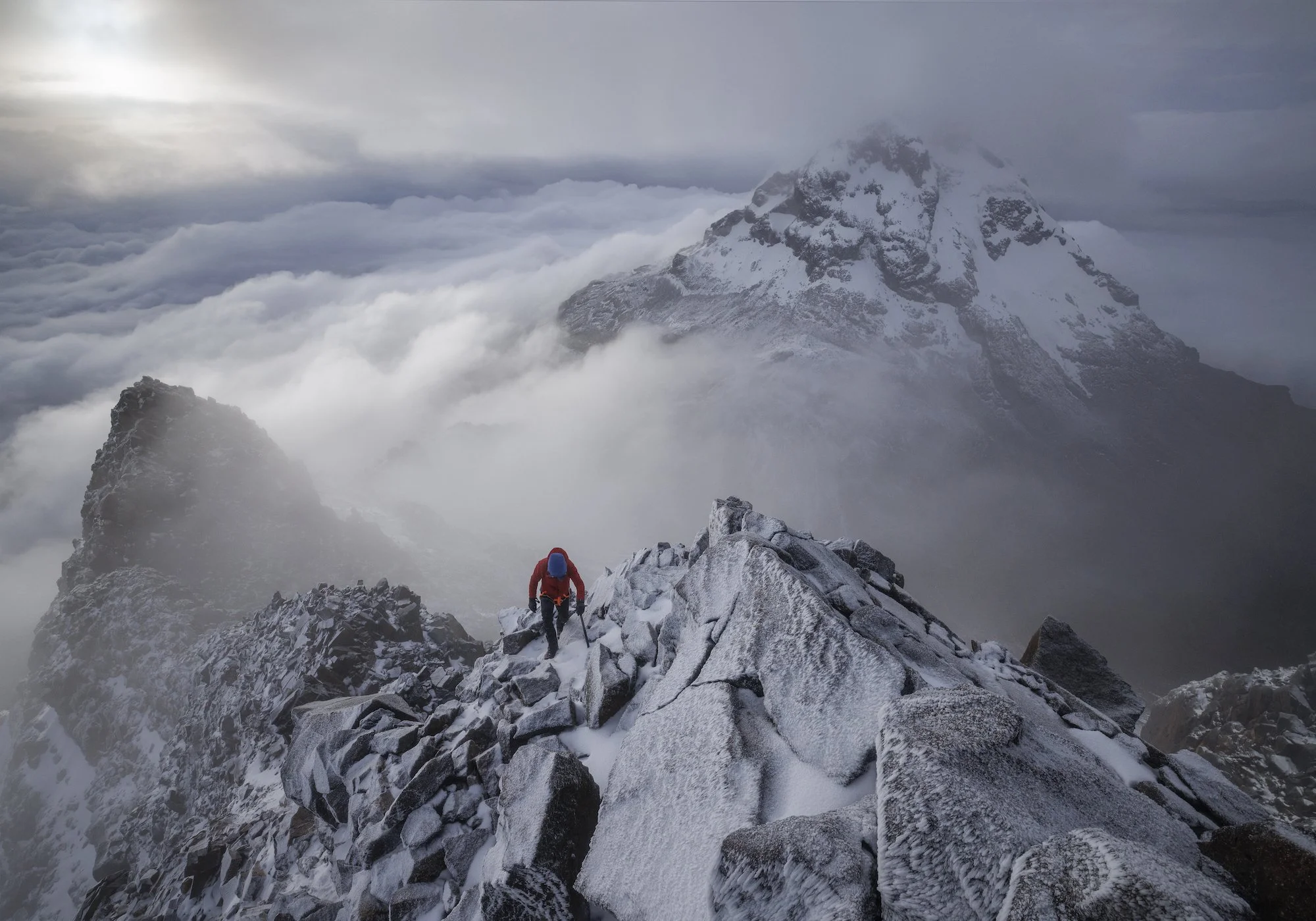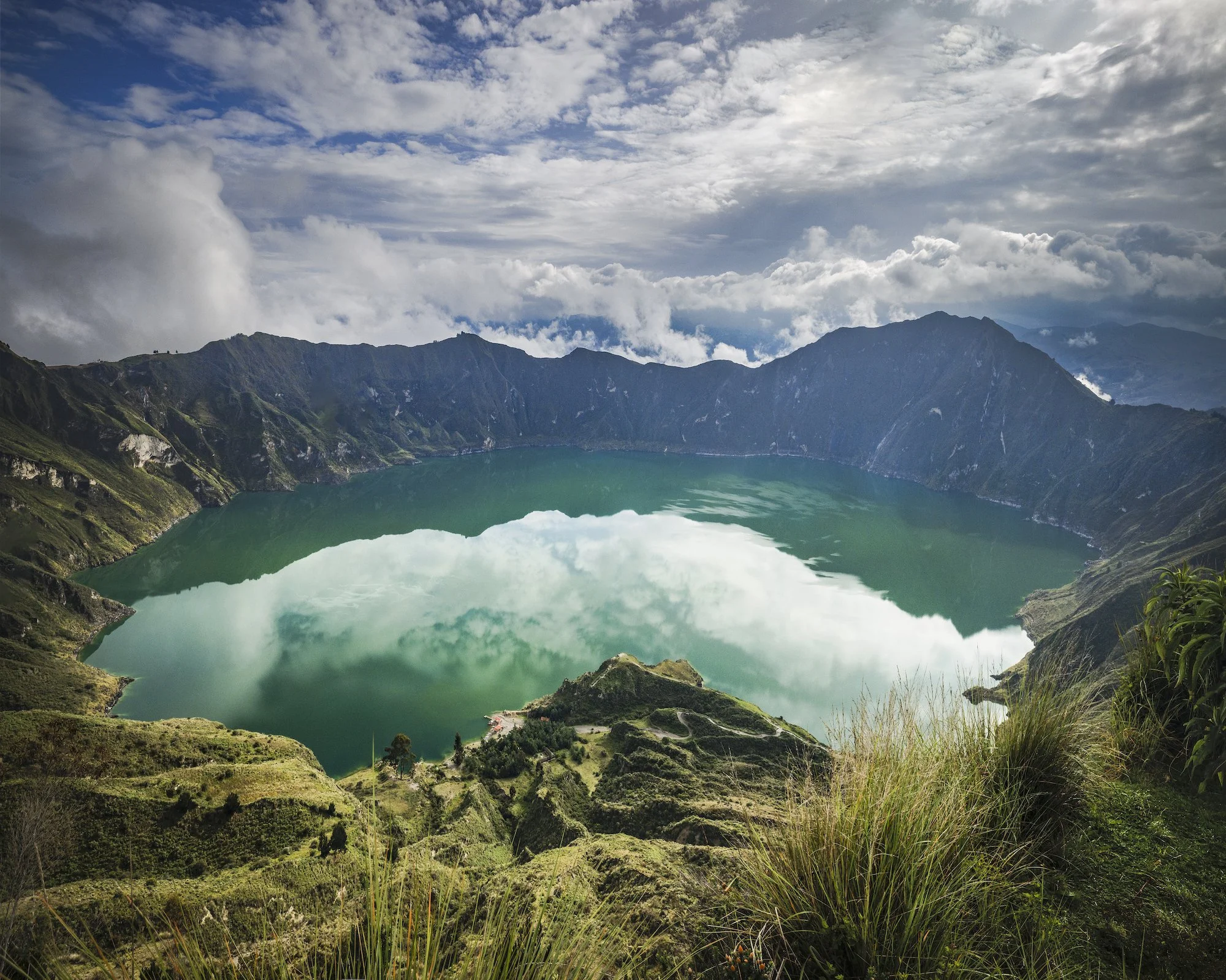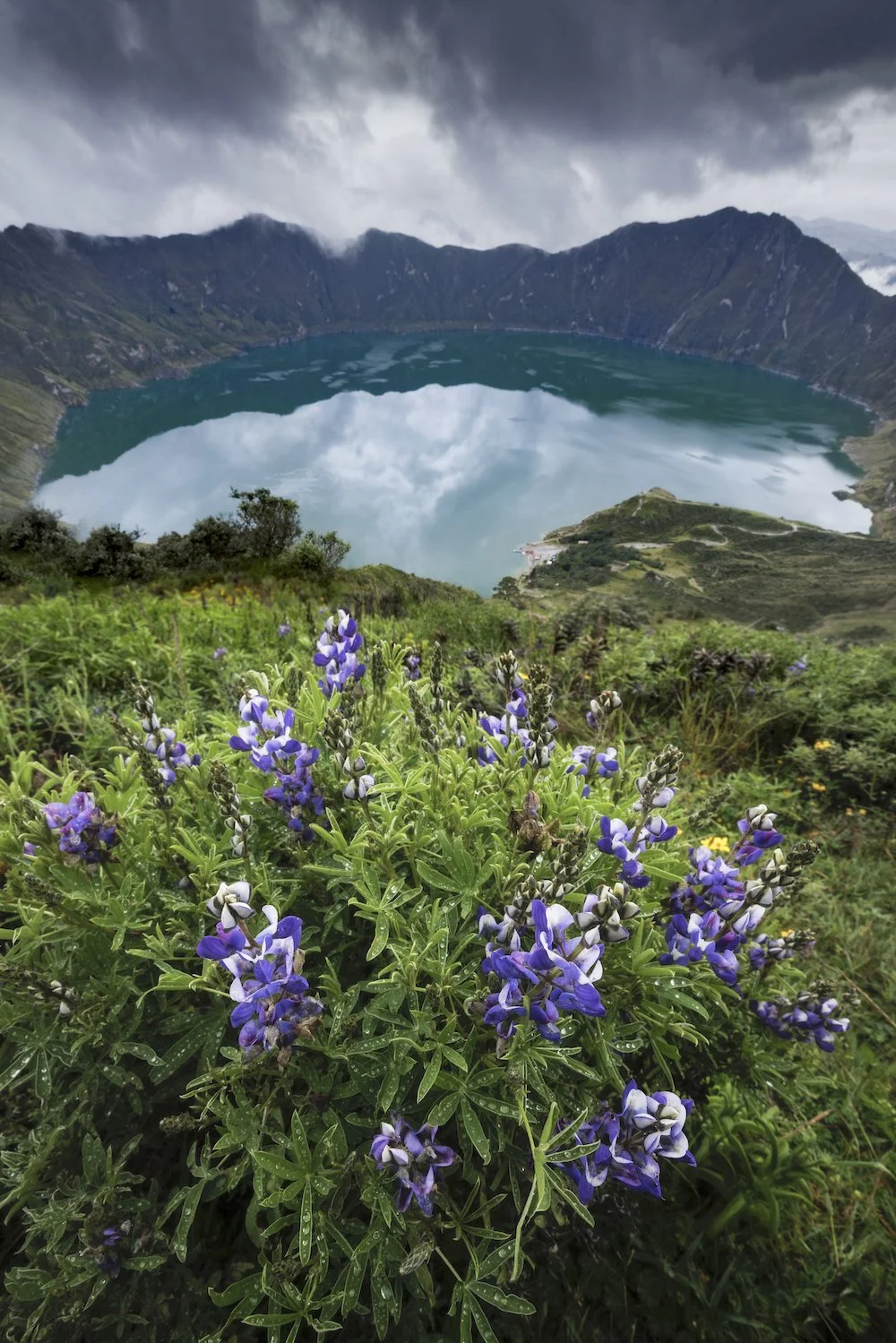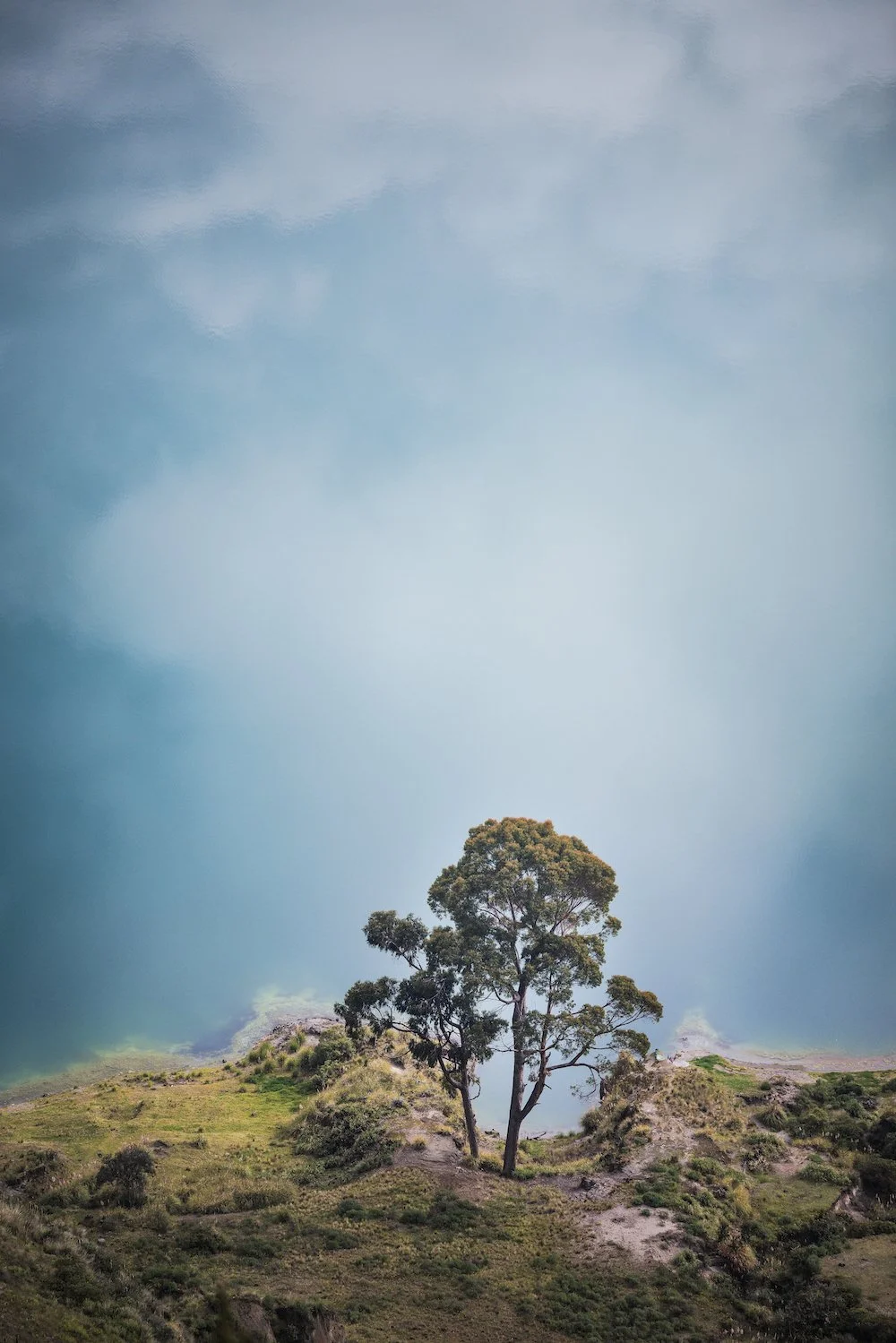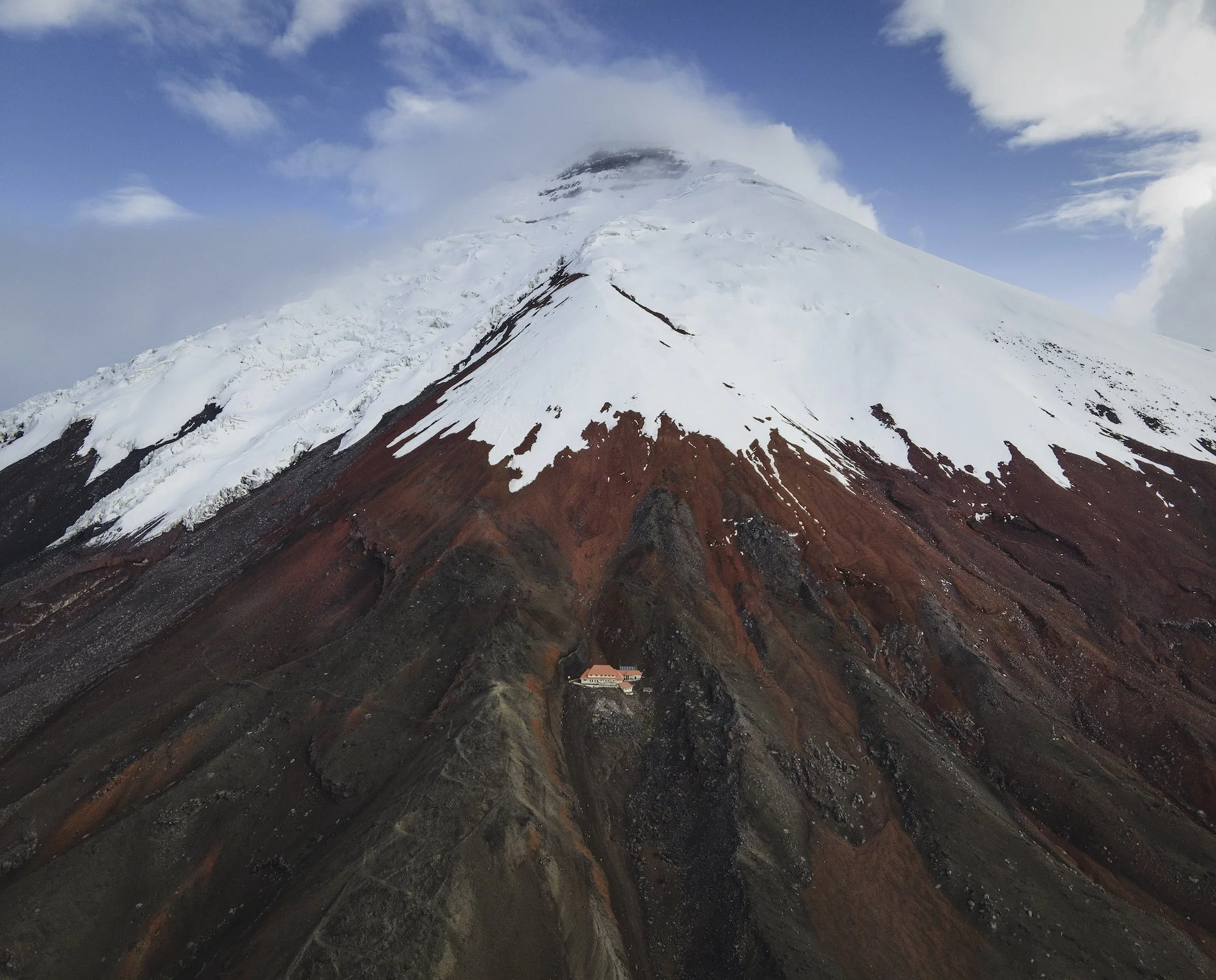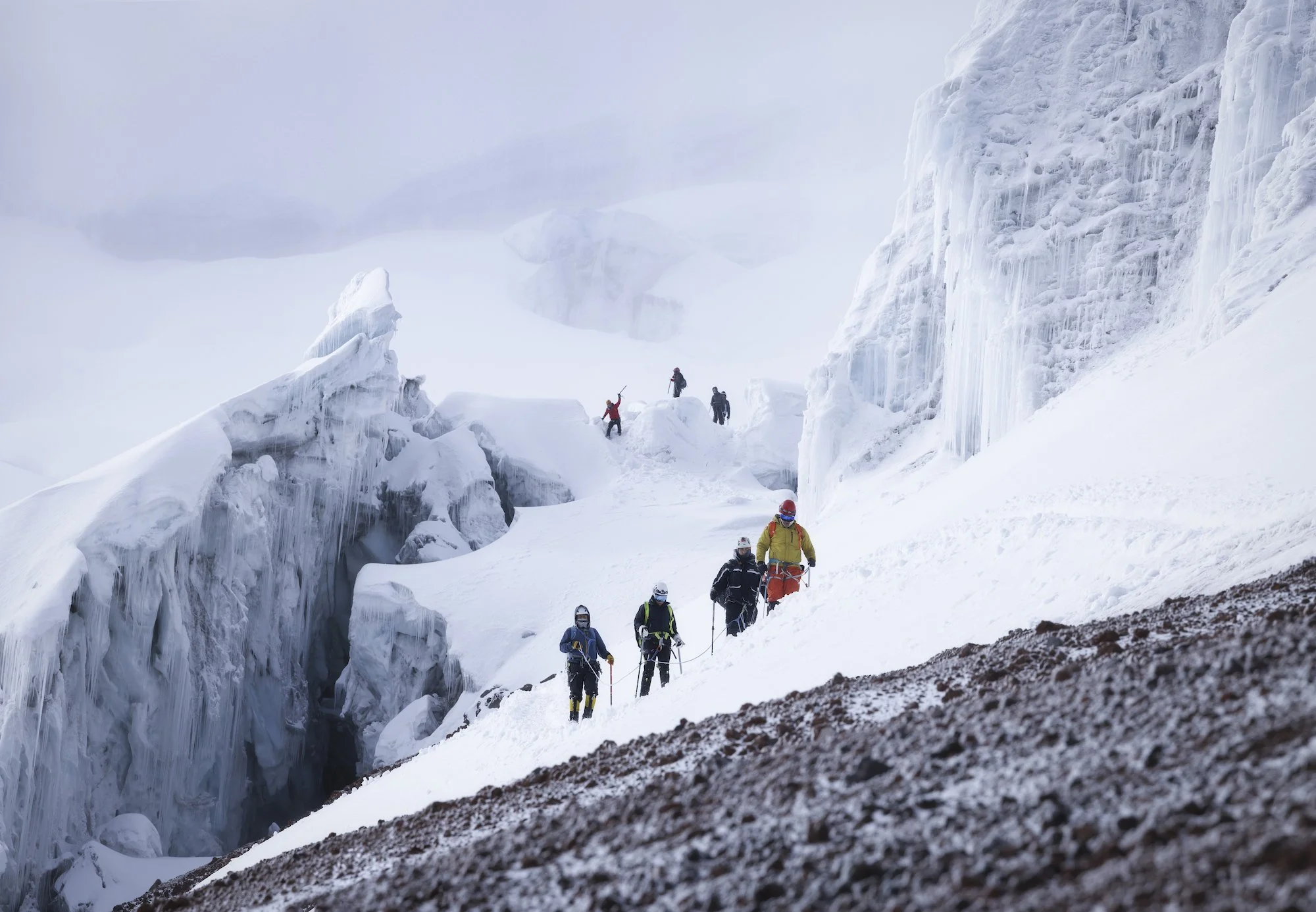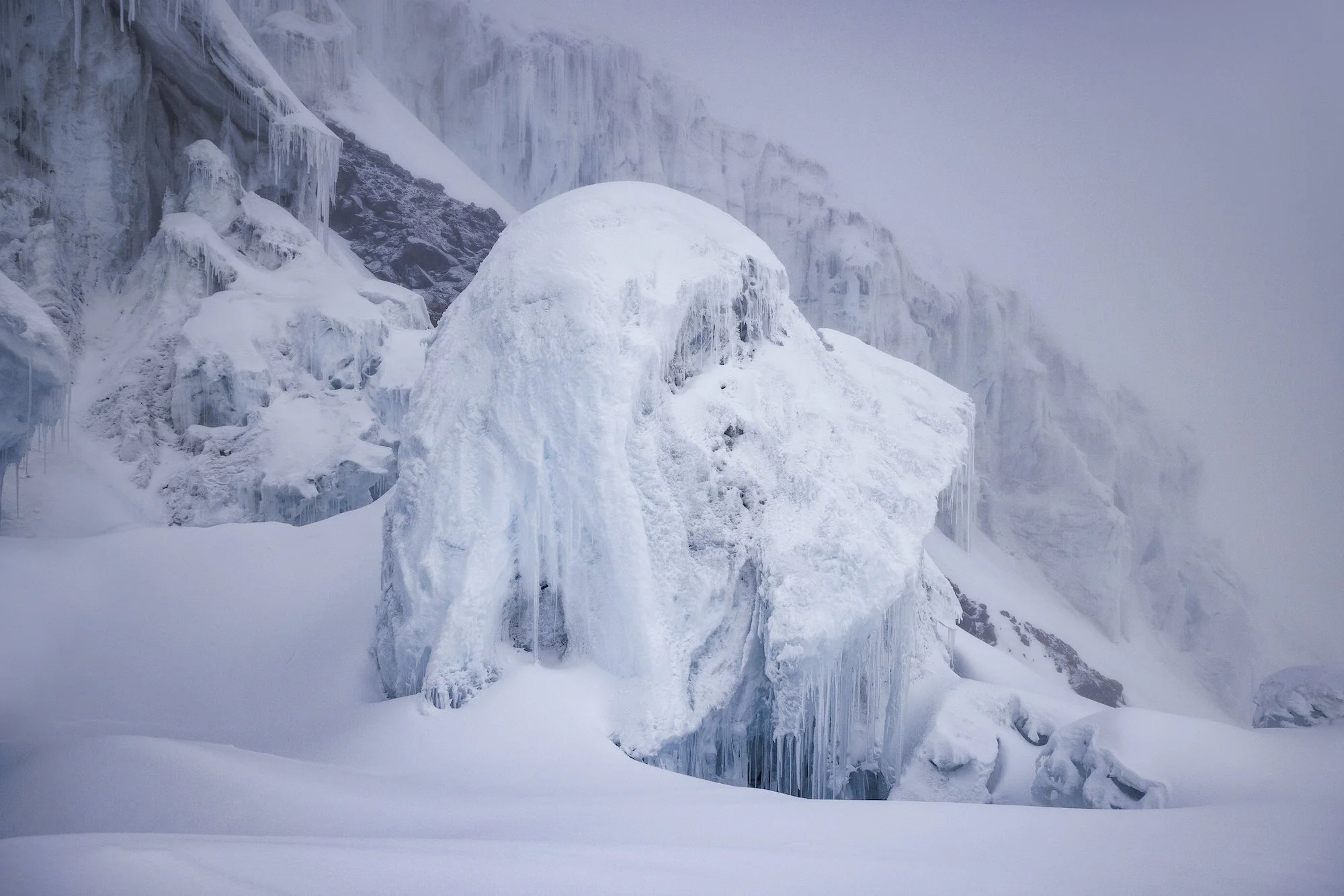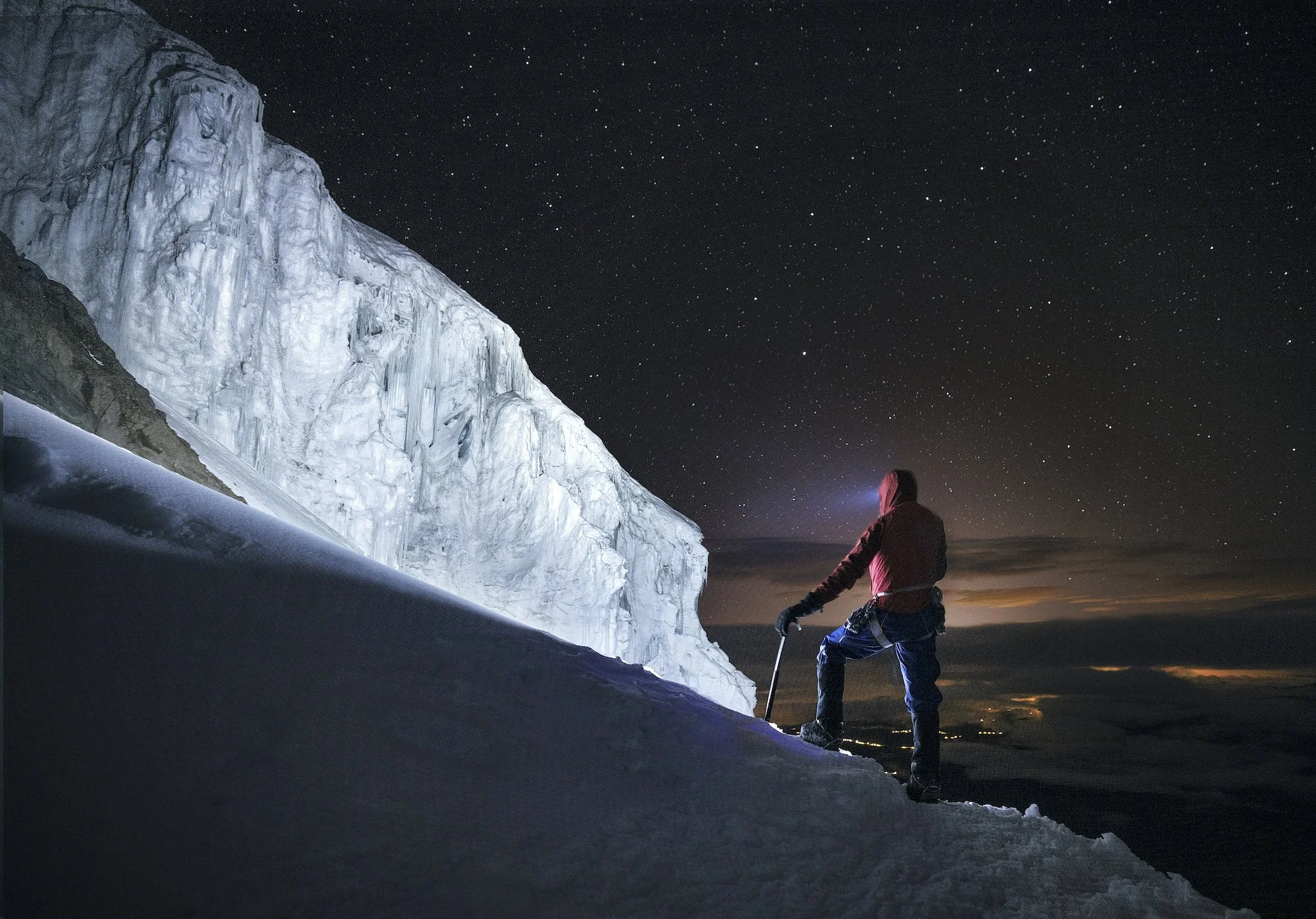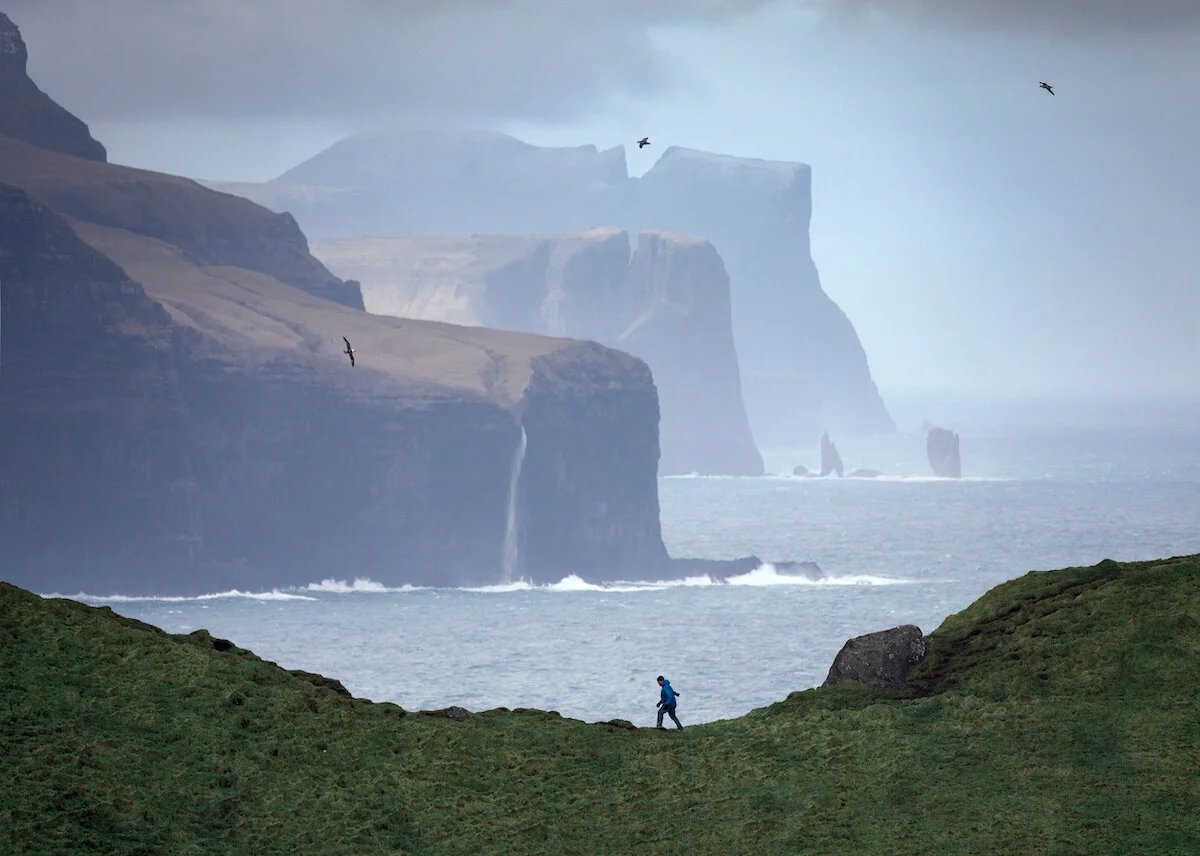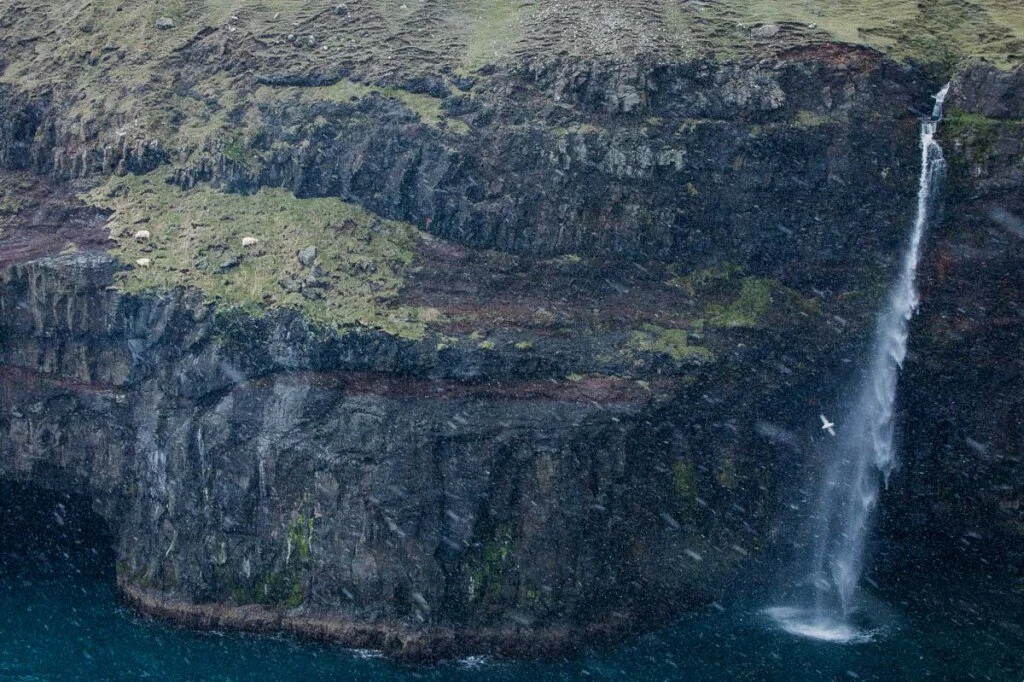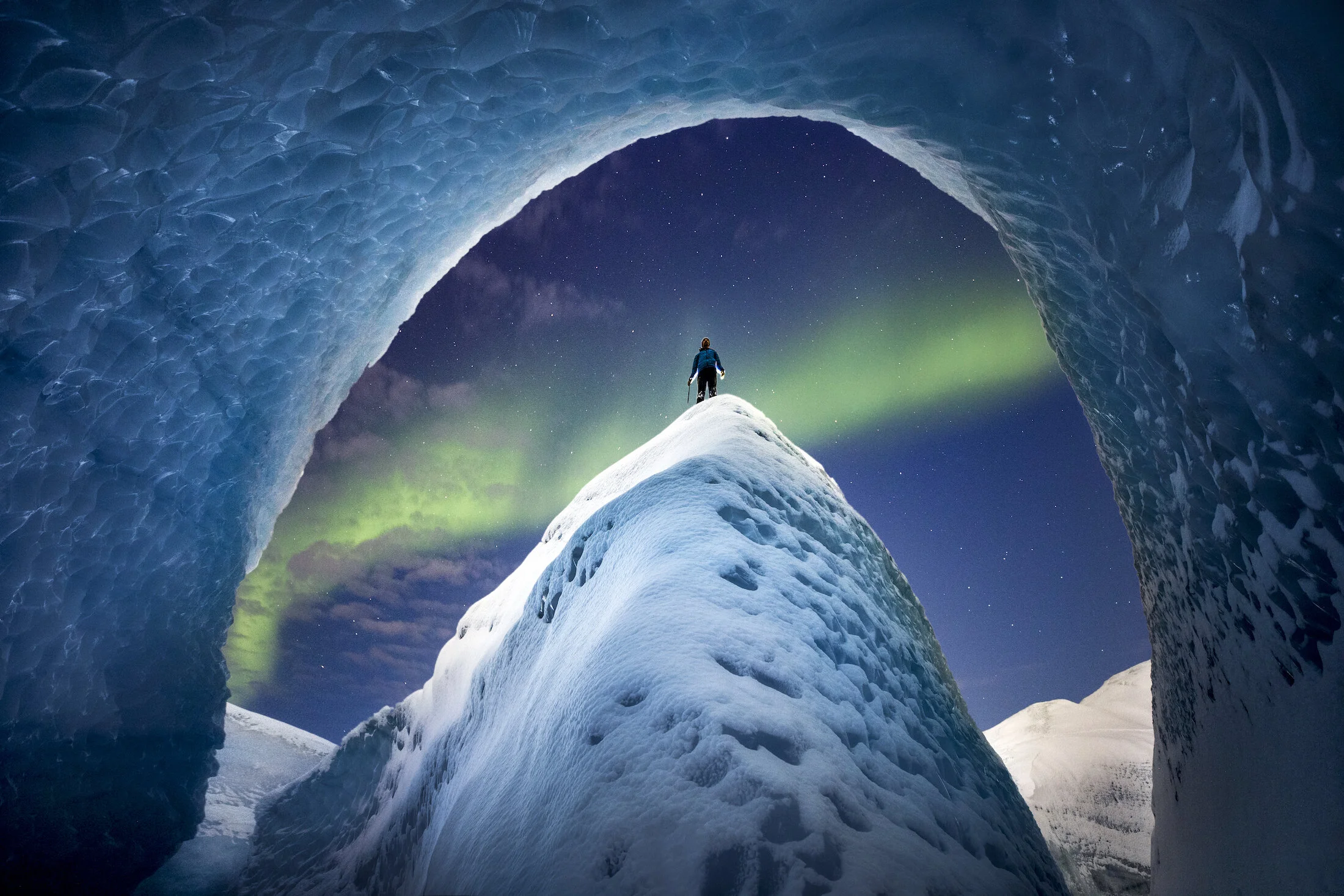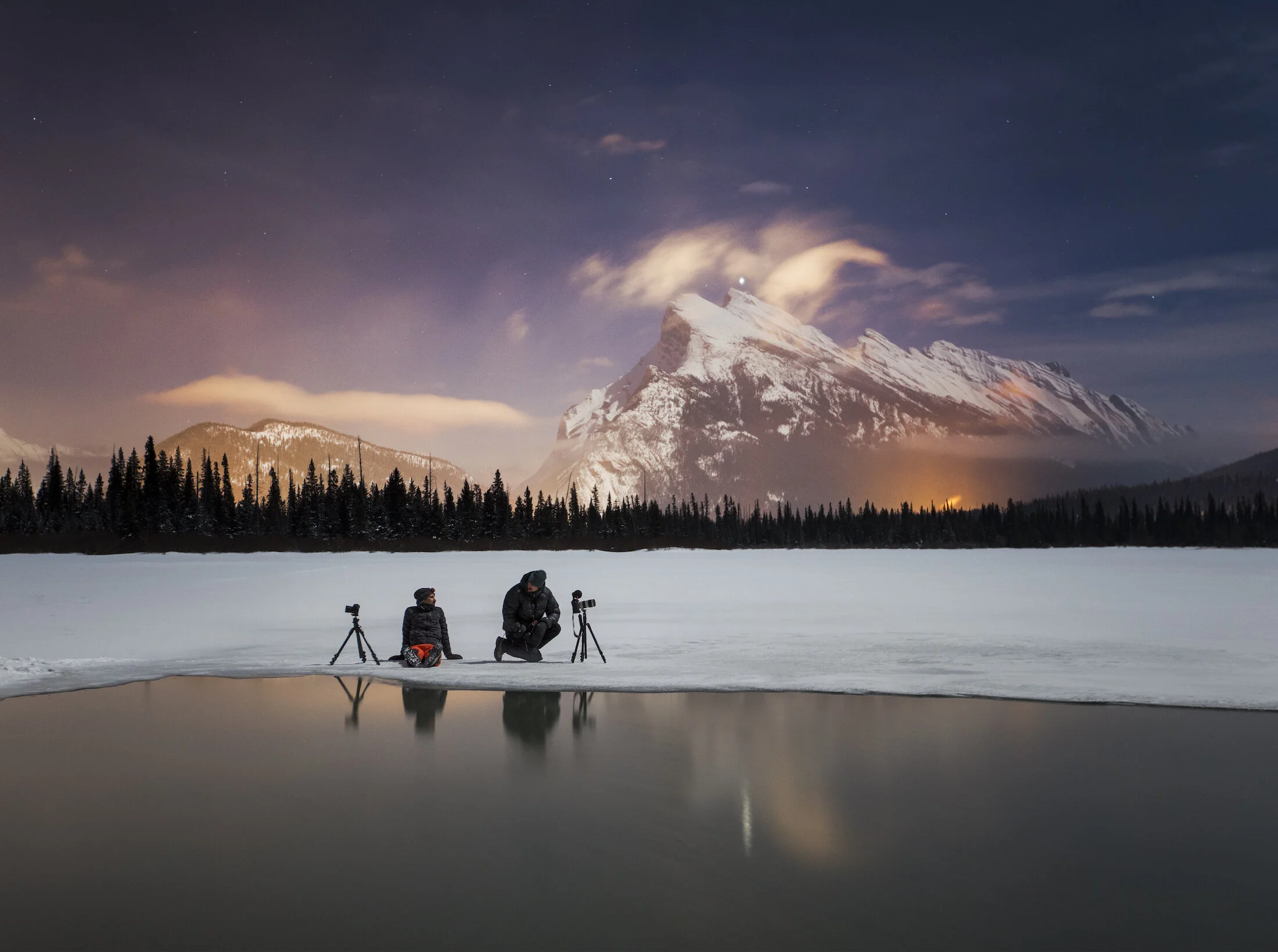
Where the Land Meets the Sea and History: Images from Cyprus
Tucked at the crossroads of Europe, the Middle East, and Africa, Cyprus is an island steeped in myth, history, and natural beauty. Known as the legendary birthplace of Aphrodite, it has been shaped by millennia of conquest and cultures. Cyprus today is clearly a hotspot for real estate investment, with luxury resorts and seaside villas drawing international buyers. But I was there with my family to hike and explore. What impressed us most was the island’s raw beauty, its varied landscapes and dramatic coastline.
Tucked at the crossroads of Europe, the Middle East, and Africa, Cyprus is an island steeped in myth, history, and natural beauty. Known as the legendary birthplace of Aphrodite, it has been shaped by millennia of conquest and cultures. Cyprus today is clearly a hotspot for real estate investment, with luxury resorts and seaside villas drawing international buyers. But I was there with my family to hike and explore. What impressed us most was the island’s raw beauty, its varied landscapes and dramatic coastline.
This photo series dives into the dramatic meeting of land and sea along Cyprus’ coast. Crystalline waters carve intricate sea caves into limestone cliffs, and the remnants of shipwrecks lie like time capsules just offshore—testaments to the island’s longstanding maritime history. From the iconic Edro III wreck near Peyia to the turquoise waters of Cape Greco, these images show how this place is filled with story and charm.
MV Demetrios II shipwreck off the coast of Cyprus. Photo: Paul Zizka.
My daughter at Tombs of the Kings near Paphos, Cyprus. Photo: Paul Zizka.
Hiking along the Cypriot coast in April 2025. Photo by Paul Zizka. Model: Meghan J. Ward.
EDRO III shipwreck. Photo by Paul Zizka.
Huge rock at Petra tou Romiou, known as the birthplace of Aphrodite. Photo: Paul Zizka.
The Love Bridge, near Ayia Napa, Cyprus. Photo: Paulka.
Mauralis Beach. Photo: Paul Zizka. Model: Meghan J. Ward.
The clear blue water of the Blue Lagoon near the Cape Greco Peninsula. Photo: Paul Zizka.
Documenting the Sundhnúkagígar Eruption in Iceland
Iceland has long captivated me with its dramatic landscapes shaped by volcanic activity. Even before I became a photographer, I was enthralled by this island. At the conclusion of my undergrad in Earth and Ocean Sciences, I walked across Iceland and became familiar with its rugged terrain. Since then, I have returned several times, including this month when the Sundhnúkagígar eruption occurred.
Iceland has long captivated me with its dramatic landscapes shaped by volcanic activity. Even before I became a photographer, I was enthralled by this island. At the conclusion of my undergrad in Earth and Ocean Sciences, I walked across Iceland and became familiar with its rugged terrain. Since then, I have returned several times, including this month when the Sundhnúkagígar eruption occurred.
Our OFFBEAT group capturing the eruption later on the day we were evacuated, from a safe distance. Photo: Paul Zizka.
I was staying at the Northern Light Inn with a group, co-leading an OFFBEAT photography workshop, when on our last morning we were awoken very early by the call to evacuate. Just two kilometres away, a volcano erupted along a three-kilometre fissure northeast of Mount Sýlingarfell. We promptly packed our bags and within 20 minutes were walking to our vehicles to join a convoy away from the area. Soon, we got sight of the lava fountains shooting 80 metres into the air. It was an unforgettable experience, and somewhat painful for a group of photographers who would have loved to capture it on camera. But, safety first - we got out and soon after the lava flowed across the road.
CBC’s The National featured the events and a short interview with me on February 12, 2024.
Later, from a safe distance our group was able to observe and photograph the eruption. It will stand as one of the most remarkable and surreal experiences of my life. I am grateful there was no loss of life, though the lava did burst a major water pipeline, leaving several communities on the Reykjanes Peninsula without heat and hot water.
Here are a few more photographs and videos from the events that transpired that memorable experience.
→ I’m heading back to Iceland in 2026 with OFFBEAT! Learn more here and join us for this next adventure!
Workshop participants capturing an unforgettable moment. Photo: Paul Zizka.
A self-portrait taken with the distant lava fountains (Canon RF100-500). Photo: Paul Zizka.
Self-portrait with the Sundhnúkagígar Eruption in Iceland. Photo: Paul Zizka.
Sundhnúkagígar Eruption in Iceland. Model Kris Andrea. Photo: Paul Zizka.
See more in the news:
Iceland's erupting volcano an 'unforgettable' close encounter, says Alberta photographer
If any of these images catches your eye, please reach out to me for any custom print orders. I’m happy to print in a variety of sizes and formats.
Road Trip Through the Baltics: Lithuania, Latvia and Estonia
Back in April, my family did a road trip through the Baltic nations of Lithuania, Latvia and Estonia. Here are some images from this remarkable (and beautiful!) part of the world.
Every year, my wife and I take our kids abroad. As the kids get older, we’ve been able to start embarking on trips that really keep us on our toes. After a few years of staying in the same place for longer, we’ve started to move around more when we travel, which requires some quick adaptations to languages and customs with each new place we explore. Back in April we took a family road trip through the Baltic nations of Lithuania, Latvia, and Estonia, and brought my dad along for what was a wonderful and adventurous ride.
The Baltic region is located in Northeastern Europe, bordered by the Baltic Sea, Russia, Poland and Belarus. Its proximity to mainland Europe, Russia, and Scandinavia infuses the region with unique influences, which comes out strongly in the local languages, food and social customs. The landscape is largely farmland or forest, with pristine lakes and rivers and a long coastline along the beautiful Baltic Sea. Historic towns, like Tallinn, Estonia, are from medieval times and recent restoration efforts make you feel like you’re stepping into a storybook!
Truthfully, I wasn’t very familiar with the region before we visited, which made for a wonderful learning experience for us all. The histories of these three nations vary, of course, but all involve a complex layering of cultural developments, conflicts and recovery. Today they are increasingly popular for tourism, but as we were visiting in the off-season we were often by ourselves in many places.
Our itinerary took us from Klaipeda, Lithuania, through to Sigulda, Latvia, (in Gauja National Park) to Tallinn, Estonia. Here is a sampling of the images I took in the Baltics from my more dedicated photography sessions (the rest can be viewed on my Stock site).
Meghan J. Ward running on a beach on the Curonian Spit, Lithuania. Photo: Paul Zizka
Cormorant at the Cormorant and Heron colony near Juodrantė, Lithuania. Photo: Paul Zizka
Palanga Beach, Lithuania. Photo: Paul Zizka
Hill of Crosses near Šiauliai, Lithuania. Photo: Paul Zizka
Dobele Evangelical Lutheran Church, Dobele, Latvia. Photo: Paul Zizka
Academia Petrin, Jelgava, Latvia. Photo: Paul Zizka
Dobele Castle Ruins, Dobele, Latvia. Photo: Paul Zizka
Sunset over Sigulda, Latvia. Photo: Paul Zizka
Tea-coloured Amata River, Gauja National Park, Latvia. Photo: Paul Zizka
Relaxing by the Amata River, Latvia. Photo: Paul Zizka
Water play in the Amata River, Gauja National Park, Latvia. Photo: Paul Zizka
Turaida Castle Museum, Sigulda, Latvia. Photo: Paul Zizka
Interior, Sigulda New Castle, Sigulda, Latvia. Photo: Paul Zizka
Bridge over the Gauja River, Sigulda, Latvia. Photo: Paul Zizka
Relics near Ligatne, Latvia. Photo: Paul Zizka
Self-portrait at Gutman's Cave, Gauja National Park, Latvia. Photo: Paul Zizka
Peaceful morning at the Gulf of Riga, Veczemju klintis, Latvia. Photo: Paul Zizka
Meghan J. Ward at Veczemju klintis, Latvia. Photo: Paul Zizka
Kids playing at Veczemju klintis, Latvia. Photo: Paul Zizka
Blue hour over the medieval city of Tallinn, Estonia. Photo: Paul Zizka
Aleksander Nevski katedraal, Tallinn, Estonia. Photo: Paul Zizka
A late-night walk through the Old Town with Meghan J. Ward, Tallinn, Estonia. Photo: Paul Zizka
Spooky scene in the Danish King’s Garden, Tallinn, Estonia. Photo: Paul Zizka
Old Town Square, Tallinn, Estonia. Photo: Paul Zizka
Rooftops, Old Town Tallinn. Estonia. Photo: Paul Zizka
Late-night flower stands. Tallinn, Estonia. Photo: Paul Zizka
All of these images are available as custom limited edition prints.
Land of the Eternal Blue Sky: 5 Favourite Images From Mongolia
It seems impossible to take a bad photo in Mongolia. With towering sand dunes that glow during magic hour, vast landscapes that seem to stretch on for eternity, and welcoming people who share their traditional way of life and—a photographer will find endless possibilities. It’s no wonder that OFFBEAT returned to the “Land of the Eternal Blue Sky” this June to host two photography workshops: The Gobi Desert and The Wild West.
It seems impossible to take a bad photo in Mongolia. With towering sand dunes that glow during magic hour, vast landscapes that seem to stretch on for eternity, and welcoming people who share their traditional way of life and—a photographer will find endless possibilities. It’s no wonder that OFFBEAT returned to the “Land of the Eternal Blue Sky” this June to host two photography workshops: The Gobi Desert and The Wild West.
After a long commute from Canada (in my case) to Mongolia, we were gifted with smooth logistics, perfect weather, and incredible light. Although I spent most of my time focused on leading these workshops, I managed to come home with thousands of photos. I’ve sifted through them all and am excited to share my 5 favourite images along with the story behind each one.
View the collection of Mongolia images available as Limited Edition Prints!
1. “Khongoryn Els”
A tight frame of sand dunes where every single pixel is 100% sand. I have been to this location before and fell in love with shooting more intimate scenes within the scene. Upon arrival in the Gobi Desert, I started to seek out these compositions. I shot a number of those images that day and this is my favourite one.
2. “The Camel Herder and the Supermoon”
Our time in the Gobi Desert coincided with the June super moon, also known as the Strawberry Moon. We arranged for camel handlers and their camels to join us for sunset and nighttime photo shoots. We came up with the concept of positioning one of the camel herders on a distant dune in order to make the most of the rising super moon. We were fortunate to have soft light and some low-hanging clouds that didn’t obscure the moon as it rose. It was definitely a magical moment to see all those elements align in front of our eyes.
3. “The White Stupa”
This image is the result of childlike curiosity. The image was taken in an intriguing feature that I spotted from far away alongside trip co-leader Curtis Jones. When we investigated closely, the feature turned out to be a massive keyhole that we could drop into and shoot out of. I shot a few frames right away to take advantage of the alpenglow and by a stroke of luck, a few birds flew through the frame. To me, this image represents the importance of being curious in photography and, and following your nose and sticking your head and things.
4. “Ulaagchiin Khar”
This was taken at Ulaagchiin Khar Lake in West Central Mongolia after the photography workshop came to a close. This was a place that took a lot of working and driving to get to. We didn’t have much time at this location so I made the most of it by shooting in the early morning. I shot the sunrise from the top of the biggest dune in a vast dune field that juts out into the middle of the turquoise lake. I started looking for interesting foregrounds as soon as I reached the top of the dune and found amazing ripples to work with. Those ripples became the leading lines in this classic landscape shot featuring beautiful rich light and some nice geometry.
5. “Jenisbeck”
Last but not least, we have this tight portrait of eagle hunter Serik Jenisbek in the village of Sag Sai. We created this image at sunset in some phenomenal natural light. I must have shot thousands of images of Serik Jenisbek, both with his eagle and on his horse. This is one of my favourite shots of the lot because it has a candid feel and capturing the intimate connection between Jenisbek and his eagle was a very special moment.
Overall, this trip to the Gobi Desert and Western Mongolia was absolutely incredible. Mongolia is quickly becoming one of my favourite countries in the world, not just for the photography but for the people and the sense of isolation you experience when you’re there. I hope these images convey the natural beauty and variety that Mongolia has to offer.
View the collection of Mongolia images available as Limited Edition Prints!
Join OFFBEAT in Mongolia in 2024: sign up for our newsletter to stay in the loop about this trip.
Thank you to Mongolia Expeditions for being terrific hosts.
Greenland Grandeur: Ice, Water and Northern Lights
Earlier this year, I was fortunate to spend an entire month in Greenland, a place that feels like my second home. This trip, which marked my 6th visit to the island country known as Kalaallit Nunaat in Greenlandic and Grønland in Danish, involved leading two OFFBEAT photography workshops in familiar locations and working on a tourism photography project at a destination that was new to me. Despite revisiting several places, natural wonders such as ice, water, and northern lights made each experience unique.
Earlier this year, I was fortunate to spend an entire month in Greenland, a place that feels like my second home. This trip, which marked my 6th visit to the island country known as Kalaallit Nunaat in Greenlandic and Grønland in Danish, involved leading two OFFBEAT photography workshops in familiar locations and working on a tourism photography project at a destination that was new to me. Despite revisiting several places, natural wonders such as ice, water, and northern lights made each experience unique.
I arrived in Ilulissat for the first edition of the Greenland Grandeur workshop alongside fellow trip leaders Curtis Jones and Stephen DesRoches. We had each made numerous trips there and all agreed that we had never seen so much ice there before. Considering the recent launch of my Cryophilia project, which revolves around documenting disappearing glaciers and ice, I was excited for the photo possibilities. I was also thrilled for the participants who arrived a few days after we did.
During the first half of the workshop, we focused our attention on the sea ice in the fjords of Ilulissat and were treated to an incredible aurora display. We then took a ferry to Disko Island, where we photographed black sand beaches and Kuannit, my favourite stretch of coastline in the world. Foul weather sent us back to Ilulissat early, but the consolation prize was documenting more incredible ice formations around Ilulissat.
Gargantuan ice formations off the coast of Greenland.
The second workshop brought lots of familiar faces to Greenland. Participants were treated to an incredible aurora display upon arrival, before the workshop had officially started. With a wide spectrum of colours filling the sky, it was possibly the best aurora display of the entire month. The workshop program mirrored the first and it mostly went according to plan; the only curveball was that during our stay on Disko Island, Greenland got the biggest rain event it’s seen in over 40 years.
We may have been damp but we kept our spirits high and continued getting out regardless of the downpour. When the weather does unexpected things, it also leads to unexpected photo ops. We witnessed some beautiful things including the area’s waterfalls flowing at ten times the volume and unusual chocolate-coloured water flowing onto the beach and into the iceberg-laden sea. We made the most of it before heading back to Ilulissat to wrap up the program.
A rare combination: chocolate-coloured waves and a black sand beach.
Curtis, Stephen and I stayed on for a few extra days. We called this period “play time” but we are actually heading to Maniitsoq in western Greenland on an assignment for Destination Arctic Circle and Visit Greenland. We were thrilled to explore a place that none of us had seen before, especially since the few photos of Maniitsoq we could find were oozing with potential. Although harsh weather caused travel delays that cut our play time in half, we decided to head to Maniitsoq anyway. We were greeted by Ole from Maniitsoq Adventure Tours who sailed us to Inussuit Tasersuat, a narrow lake flanked by steep mountain ranges known as “The Great Lake of Giants”.
The instant we laid eyes on Inussuit Tasersuat, we unanimously agreed it was one of the most beautiful places we had ever seen. I was so blown away by the possibilities, I didn’t know where to start. It was one of the most epic places I’d ever seen and I wanted to do it justice by conveying that ‘wow factor’. We got to work right away and shot the lake from a variety of angles in diverse conditions. We shot it by day and night, from land and underwater, with a drone and even from kayaks provided by Ole. We even witnessed the aurora shimmering high above the landscape, but for me, the highlight was doing a full traverse of the lake in a kayak on a calm morning surrounded by towering peaks, glaciers, and their reflections. Inussuit Tasersuat is one of the most naturally beautiful places I’ve ever come across and I hope I’ll be lucky enough to return there one day.
Inussuit Tasersuat, also known as “The Great Lake of Giants”.
Both workshops and our playtime unfolded in phenomenal landscapes. Photographs allow me to share the majesty of these scenes, but they don’t convey the meaningful conversations we shared with the locals we encountered. Considering that three quarters of Greenland is covered by the only permanent ice sheet that exists outside Antarctica, I asked locals like Ole and our boat drivers about the changes to the ice that they’ve witnessed in their lifetimes. They all told us that the glaciers are receding at an alarming and unprecedented rate. Hearing this underscored what a privilege it is to be able to see and document that ice before it disappears. I hope you enjoy these images, but most of all, I hope they spark your curiosity about our planet’s vanishing ice.
A Road Trip through the Western Balkans and Croatia
Rust-red roofs and sand-coloured buildings set again the azure blue of the Adriatic Seas. Quaint and historic towns that feel like a storybook in real life. Wild skies and crashing waves that keep a photographer on his toes. This, in a nutshell, was our family trip through the Western Balkans.
Rust-red roofs and sand-coloured buildings set again the azure blue of the Adriatic Seas. Quaint and historic towns that feel like a storybook in real life. Wild skies and crashing waves that keep a photographer on his toes.
This, in a nutshell, was our family trip through the Western Balkans and Croatia. Over the course of three weeks in April 2022 we covered about 1,200 kilometres by car and spent from 2 to 5 days in each place. Starting in Tirana, Albania, we went straight from the airport to Lake Ohrid, North Macedonia; onward through Albania to Budva, Montenegro; to Kotor, Montenegro and then to Dubrovnik, Croatia, before going back to Tirana.
Travelling with the family in tow, which includes a 9- and 3-year-old, requires a different sort of balance, photographically speaking. There are times my wife has to hike up ahead with the children so that I can shoot some images, or I’ll head out once everyone is sleeping. At times, we take our turns with the kids so that we each get to spend time doing things we enjoy. All in all, I was happy with the collection of images I returned home with.
Here’s a glimpse into our trip to this remarkable part of the world!
Lake Ohrid, North Macedonia
Church of Saint John the Theologian on the shores of Lake Ohrid, North Macedonia. Photo: Paul Zizka.
The view form Samuel's Fortress, Ohrid, North Macedonia. We were there in springtime and the blossoms were just opening. Photo: Paul Zizka.
A stormy day on the shores of Lake Ohrid, North Macedonia.
Church of Saint John, North Macedonia, at night. Photo by Paul Zizka.
Underwater relics off in Lake Ohrid, with the town of Ohrid just beyond. Photo: Paul Zizka.
Built in 200 BC, the Ancient Macedonian Theatre of Ohrid demonstrates all the archaeological wonders that are buried under newer structures in this ancient town. Photo: Paul Zizka.
Montenegro
The resort island of Sveti Stefan, off the coast of Montenegro. Photo: Paul Zizka.
Old Town of Budva at night. Photo: Paul Zizka.
An over/underwater photo taken at the Door in Stone near Budva, Montenegro. Model: Meghan J. Ward. Photo: Paul Zizka.
Meghan and our youngest at the Door in Stone near Budva, Montenegro. Photo: Paul Zizka.
The town of Kotor and Bay of Kotor, Montenegro. Photo: Paul Zizka.
Entrance into the pedestrian-only town of Kotor, Montenegro. Photo: Paul Zizka.
One of the numerous Cats of Kotor, which roam the town freely. Photo: Paul Zizka.
Meghan and our youngest descend the steps down from the San Giovanni Fortress. Photo: Paul Zizka.
Perast, Montenegro, taken from a boat. Photo: Paul Zizka.
Our Lady of the Rocks in the sun on a stormy day, near Perast, Montenegro. Photo: Paul Zizka
Croatia
Meghan J. Ward overlooking the old city of Dubrovnik from the famous Walls of Dubrovnik - considered to be amongst the great fortification systems of the Middle Ages. Photo: Paul Zizka.
The old Dubrovnik Harbour. Photo: Paul Zizka.
View from the Walls of Dubrovnik down into the narrow streets below. Photo: Paul Zizka.
The matches rooftops of Old Dubrovnik. Photo: Paul Zizka.
The view of Dubrovnik’s West Harbour and the Lovrijenac historic fortress. Model: Meghan J. Ward. Photo: Paul Zizka.
Croatian coastline just outside Dubrovnik. Photo: Paul Zizka.
Over/under shot with tehe Lovrijenac historic fortress. Photo: Paul Zizka.
Laundry drying on a rooftop in Old Dubrovnik, Croatia. Photo: Paul Zizka.
Albania
Submerged tree in the Liqeni Artificial i Tiranës, Tirana, Albania. Photo: Paul Zizka.
Skanderbeg Statue and the Alban Tower, Tirana, Albania. Photo: Paul Zizka.
Alban Tower Tirana, Albania. Photo: Paul Zizka.
More perspectives of the Alban Tower Tirana, Albania. Photo: Paul Zizka.
Hills surrounding Tirana, Albania. Photo: Paul Zizka.
Residential area of Tirana, Albania. Photo: Paul Zizka.
Ecuador: Capturing Vanishing Ice on the Equator
On a mission to document vanishing ice across the globe, I found myself in Ecuador back in February — a South American nation named for its position on the Equator. You may wonder why I’m chasing ice on the Equator, but Ecuador is home to Andean peaks towering up to 6,310 metres. It turns out that the country’s stratovolcanoes are home to a number of receding glaciers.
On a mission to document vanishing ice across the globe, I found myself in Ecuador back in February — a South American nation named for its position on the Equator. You may wonder why I’m chasing ice on the Equator, but Ecuador is home to Andean peaks towering up to 6,310 metres. It turns out that the country’s stratovolcanoes are home to a number of receding glaciers.
I arrived in Quito with a friend and fellow photographer, Kris Andres. An assault on all the senses, Quito was as colourful, bustling, and stimulating as I imagined. We hiked to the summit of Volcán Pichincha (4,800 m) to acclimatize for the higher elevations we planned to reach. Having spent time at elevation in Africa and Nepal, I acclimatized rather well.
Colourful and bustling Quito. Photo by Paul Zizka.
Quito is surrounded by hills and highlands, which we were eager to explore. It wasn’t long before we were en route to our next objective: Volcá Illiniza Norte (5,126 m). We set off around midnight in light snow, guided by the light of our headlamps. Conditions were challenging due to the build-up of ice and rime from the previous day’s storm. We couldn’t see anything when we reached the summit but just as we were about to pack up, everything opened up. It was absolute magic and everything I could wish for as a photographer: brilliant side light, dynamic clouds, and Illiniza Sur (5,245 m) rising in the background. In terms of scenery and photography, that fifteen minutes was the highlight of the entire trip.
Clouds parting momentarily on the summit of Volcan Illiniza Norte. Photo by Paul Zizka.
That’s not to say that the rest of our time in Ecuador wasn’t absolutely mind-blowing. Following Illiniza Norte, we hiked into the Jose Ribas refuge by circumventing the Quilotoa Crater. We spent half a day walking on the rim of a vast volcano, immersed in scenery that was unlike anything I’d ever seen before. Quilotoa is much older than the two previous volcanoes, geologically speaking. The landscape is also incredibly lush and vibrant. Traversing such different terrain was a refreshing intermission before our biggest climb.
Quilotoa Crater. Photo by Paul Zizka.
The pinnacle of our trip was Volcán Cotopaxi (5,897 m) located about 50 km south of Quito. We stayed at Tambo Paxi at the base of the volcano, got up to shoot the sunrise, then drove all the way up to a shelter that sits at an elevation of approximately 5000 metres. We got some rest but were up at 11 pm for a midnight start. With a new moon, we could only see as far ahead as our headlamps allowed. A billion stars glimmered overhead and Quito’s lights were visible in the distance. We wove our way through seracs towards the summit. Clouds rolled in halfway up, which was unfortunate for photos but added to the atmosphere.
We topped out on the edge of a giant summit crater. Eventually, other rope teams arrived at the summit of Cotopaxi. The clouds didn’t part until we were halfway down, revealing distant volcanoes and volcanic plains. The descent was magical and made for some great photo opportunities and some of my favourite images from the trip.
The Cotopaxi Refuge. Photo by Paul Zizka.
This trip to Ecuador was a wonderful opportunity for me to observe a new landscape, experience a new culture, and document rapidly changing glaciers that sit high up on the Equator. The trip came with its own challenges, like shooting in a highly dynamic environment that’s constantly changing. With volcanoes attracting and shedding weather quickly, I had to be on the ball to make the most of brief windows of opportunity. Overall, It was unbelievable to climb ice so close to the equator and gaze into distant coastal areas and jungles from a high altitude. The trip ultimately revealed that Ecuador is full of kind people and offers a ton of variety despite being such a small country. I certainly look forward to returning someday!
Weaving through seracs on our ascent of Cotopaxi. Photo by Paul Zizka.
Photo Journey Through the Faroe Islands
The Faroe Islands are a part of the majestic Kingdom of Denmark and located halfway between Iceland and Scotland in the North Atlantic Ocean. Endlessly rugged and beautiful, they are a prime location for landscape photography.
The Faroe Islands are a part of the majestic Kingdom of Denmark and located halfway between Iceland and Scotland in the North Atlantic Ocean. Endlessly rugged and beautiful, they are a prime location for landscape photography. In fact, OFFBEAT is headed back next fall for our ever-popular FAR OUT FAROES workshop!
It's one of my personal favourite places to shoot. Enjoy this compilation from this wild corner of the world!
Self-portrait at Slaettaratindur. Paul Zizka Photography.
Gasadalur locals, Vágar. Photo by Paul Zizka Photography.
The Faroe Islands are comprised of 18 rocky islands, which are linked together via road tunnels, ferries, causeways and bridges. Many hikers, photographers, and bird-watchers are drawn to the picturesque fjords, mountains, and steep coastal cliffs that thousands of seabirds call home.
Long exposure self-portrait on a stunning day on Slaettaratindur, Eysturoy. Photo by Paul Zizka Photography.
According to the stories passed down by generations, the first known settlers were Irish monks in the sixth century. However, evidence has shown that these islands were first inhabited as far back as the year 300 AD.
Faroese paintbrush. Gjogv cliffs. Photo by Paul Zizka Photography.
The incredibly colourful seacaves of Eysturoy. Photo by Paul Zizka Photography.
Snow and sunshine atop Slaettaratindur, highest peak in the Faroe Islands.
Photo by Paul Zizka Photography.
The name Faroe Islands first appeared as Faereyjar, which translates to “Sheep Islands.” This was the name in the ninth century, given by the Viking-age settlers from Norway and presumably the reason for their national symbol: a ram.
Hardy sheep at Mulafossur, Vagar. Photo by Paul Zizka Photography.
Vestmanna cliffs, Streymoy. Photo by Paul Zizka Photography
Self-portrait, southern Vágar. Photo by Paul Zizka Photography.
This mysterious archipelago is the spot for one of our upcoming workshops with OFFBEAT Photography! Click the image below for more information or to sign up!
To the Ends of the Earth: An Evening with Paul Zizka
Take a journey to remote landscapes around the world, from the icebergs of Antarctica to the crystal waters of Polynesia, the eerie deserts of Mongolia to forgotten corners of the Canadian Rockies. Join us for an evening of storytelling and photography with award-winning photographer, Paul Zizka.
Take a journey to remote landscapes around the world, from the icebergs of Antarctica to the crystal waters of Polynesia, the eerie deserts of Mongolia to forgotten corners of the Canadian Rockies. Join us for an evening of storytelling and photography with award-winning photographer, Paul Zizka.
Register to attend this live event or watch a replay afterwards!
June 5, 2020 - 6pm-7:30pm Mountain Time
Tickets are just $10. 10% of ticket sales will go to the Canadian Mental Health Association.
Behind the Image: Audience of One
This time around, play time meant finding ourselves camping on the Greenland ice sheet for three nights, about 50 kilometres away from the closest settlement, Kangerlussuaq. Our main purpose over those few days was to document supraglacial lakes, these surreal, turquoise bodies of water that have proliferated along the edge of the ice cap recently.
Earlier this month, I was fortunate to return to beautiful Greenland to lead a group with fellow photographers Stephen DesRoches and Curtis Jones. Through OFFBEAT, the company I co-founded with my friend Dave Brosha, we do a number of these epic photography trips every year. They are always rewarding journeys; it is such a privilege to be able to introduce fellow photographers to these wild corners of the planet, and to help guide them along their creative journey. Between the demands on the logistical side, and the fact that our priority is to assist participants with their own photographs, there really isn't much time for leaders to create images of their own. That's why we always make a point to add a few days to any international trip we do for pure creative time. "Play time," as we call it.
This time around, play time meant finding ourselves camping on the Greenland ice sheet for three nights, about 50 kilometres away from the closest settlement, Kangerlussuaq. Our main purpose over those few days was to document supraglacial lakes, these surreal, turquoise bodies of water that have proliferated along the edge of the ice cap recently. Unfortunately, shortly after setting foot on the ice and sending up a reconnaissance drone, we realized we were too late. Winter had arrived early in Greenland and once up on the ice, there was barely any open water to be found. We reluctantly reset our objectives, set up a base camp and focused on finding some other features to photograph. As an avid astrophotographer, my main concern during the day was locating compositions that could be recreated under the stars and, hopefully, the aurora. All of the forecasts agreed that our first two nights would be overcast, but our very last night in the area looked hopeful.
This image is available as a limited-edition print in a variety of sizes and format. See our online store for details!
Despite the blizzard that set in shortly after setting up camp, we made good use of the next 48 hours by locating stunning ice caves and canyons within a kilometre of our tents. By the time the clear night came around, I had 4 or 5 shots I was after. I had a plan and a vision. Nightfall came cloudy, however, and we started getting concerned that our astrophotography plans would fall through. At midnight, we were still fighting the cloud cover despite all forecasts still calling for crystal clear conditions (I had re-checked with the InReach). Behind the veil, one could tell that the aurora was dancing. It was one of those situations where the images still looked great on the back of the cameras (due to the ice features being so photogenic), but every time we'd meet in the dark, one of us would say "Oh man, can you imagine if the clouds weren't there?!" Eventually, Stephen and Curtis decided to make their way back to camp and would shoot there if the skies cleared up. I opted to stick it out a little longer. After all, sunlight wouldn't come for another five hours and I had come all this way. Finally, at around 1 a.m., the cloud cover started dissipating quickly, revealing a bright ribbon of green.
I frantically ran around, crampons on, to re-create the four compositions I had scouted, and was able to frame the aurora borealis in all four. I've always felt I've had more than my share of luck with the aurora over the years. But that night was something else. This particular image was shot from the middle of a bend at the bottom of an ice canyon. The cold may have meant our blue lakes were gone, but it had enabled us to travel along the bottom of such canyons, thus opening up incredible compositions. I set up the tripod, went with settings of f/2.8, ISO 1600 and 10 seconds, manually focus on the rim of the canyon (where I would be standing), got the 5DIV to shoot continuously and then proceeded up the canyon, to a less steep section nearby and then up to the rim for the self-portrait. I placed my Lupine headlamp on the ground behind me to cast a bit of rim light on myself. I took about eight similar images and selected this one because it's the one where the aurora looked best.
Aurora and ice on the Greenland ice sheet. Photo by Paul Zizka Photography.
I hope you like the stories behind the images! I very much look forward to sharing a few more shots from that incredible night!
This image is available as a limited-edition print in a variety of sizes and format. See our online store for details!
Join me on Patreon for more “Behind the Image” video posts, which go into more detail and feature behind-the-scenes footage and my editing process from raw to final.
